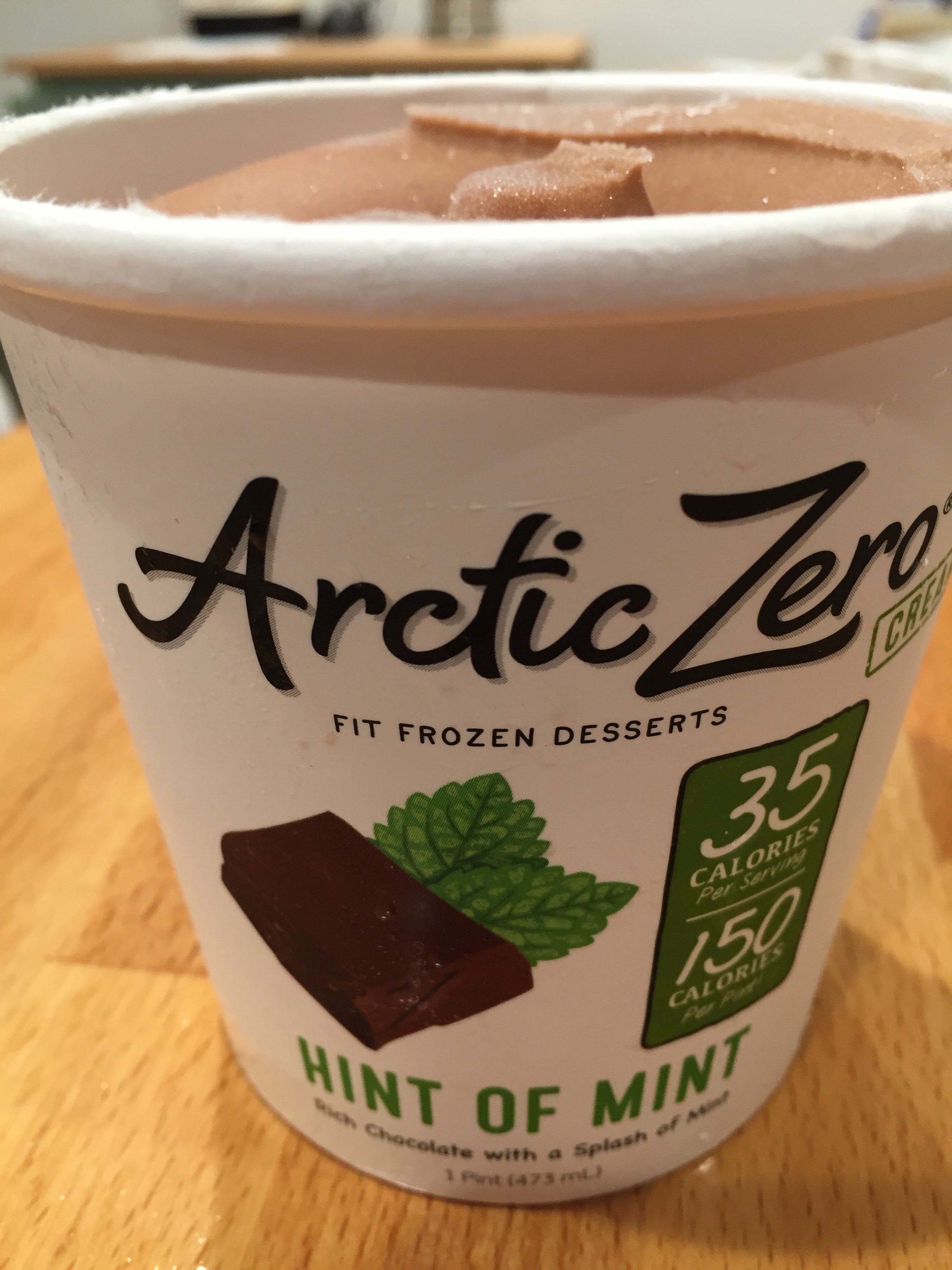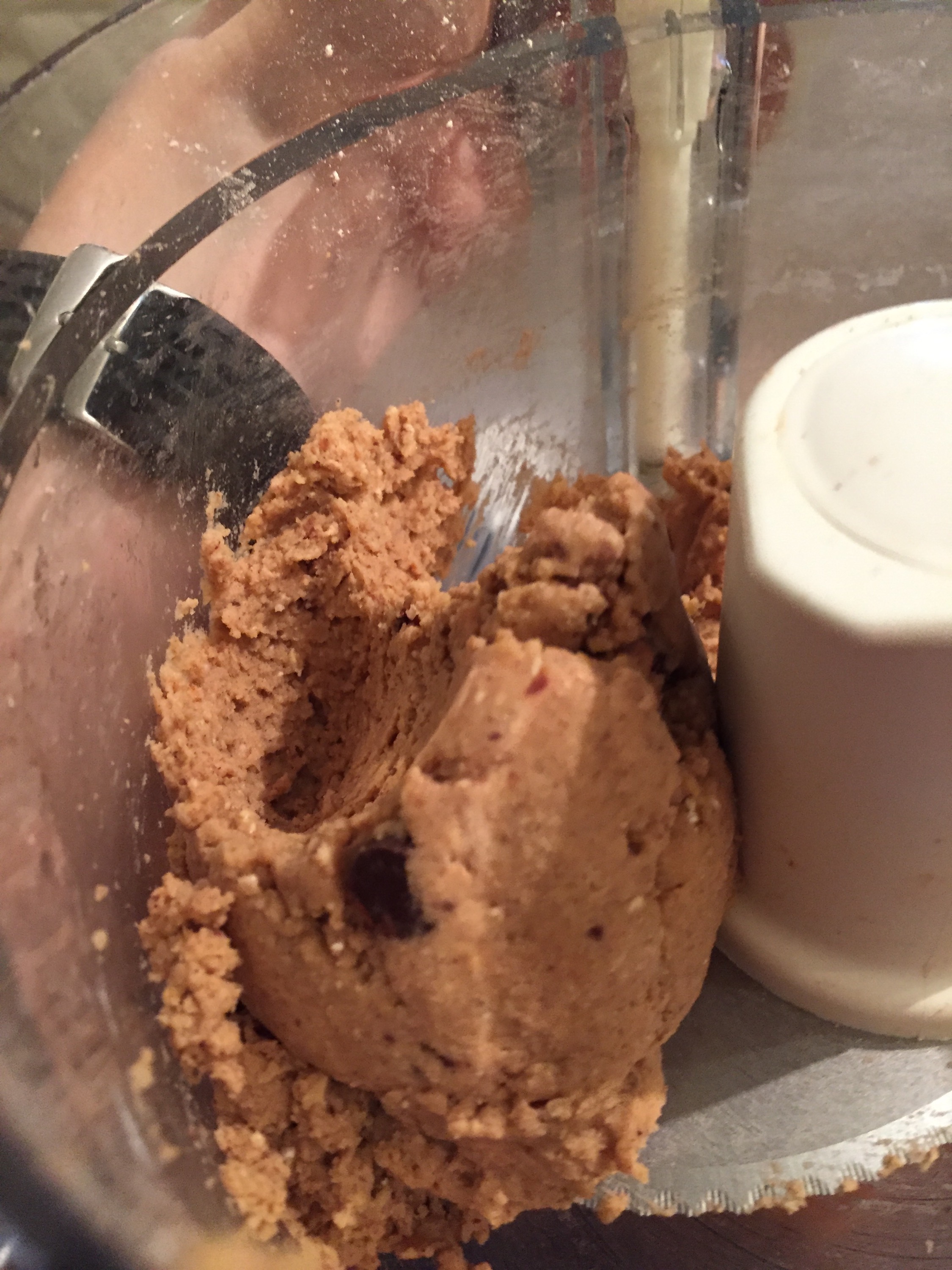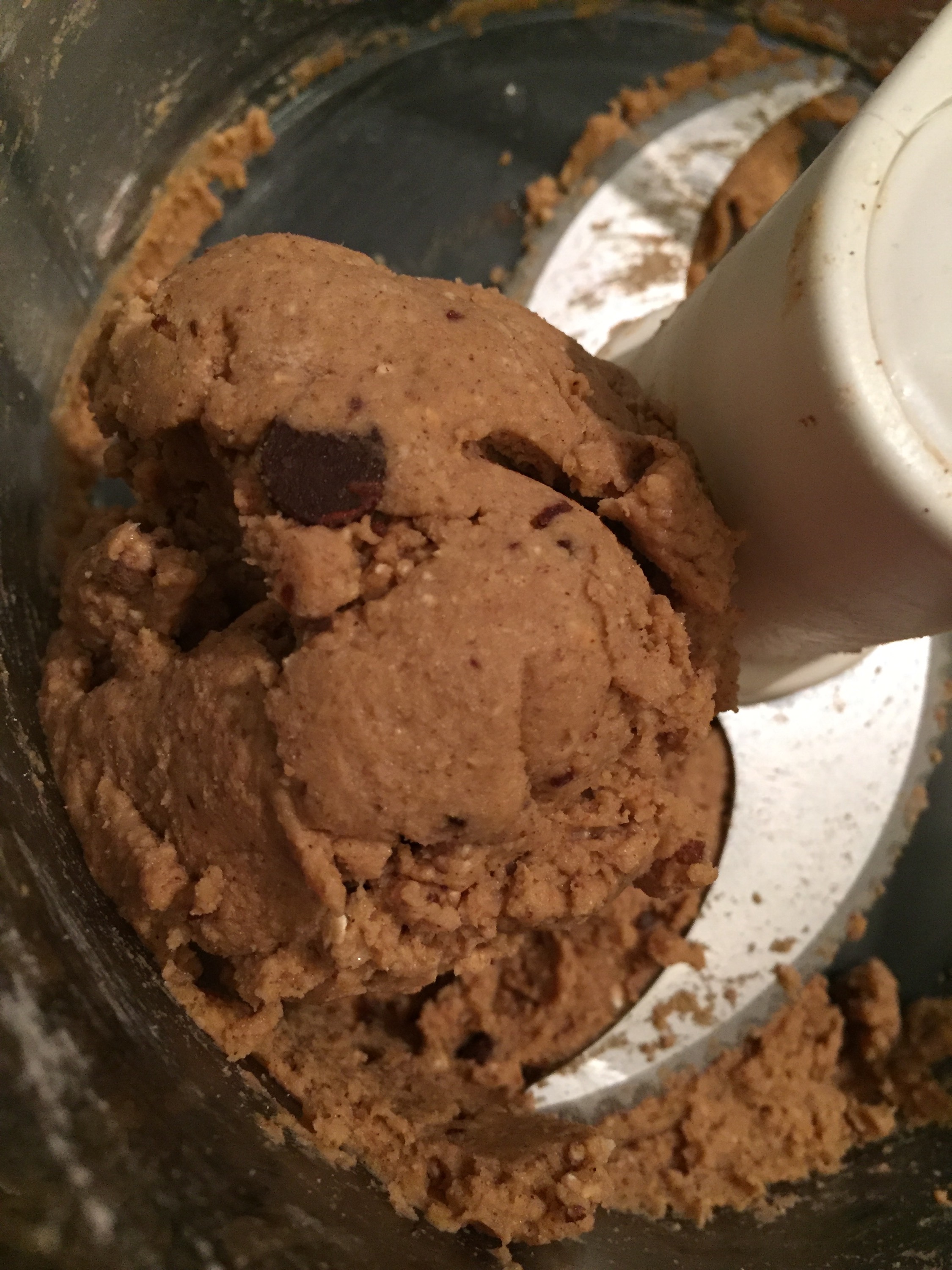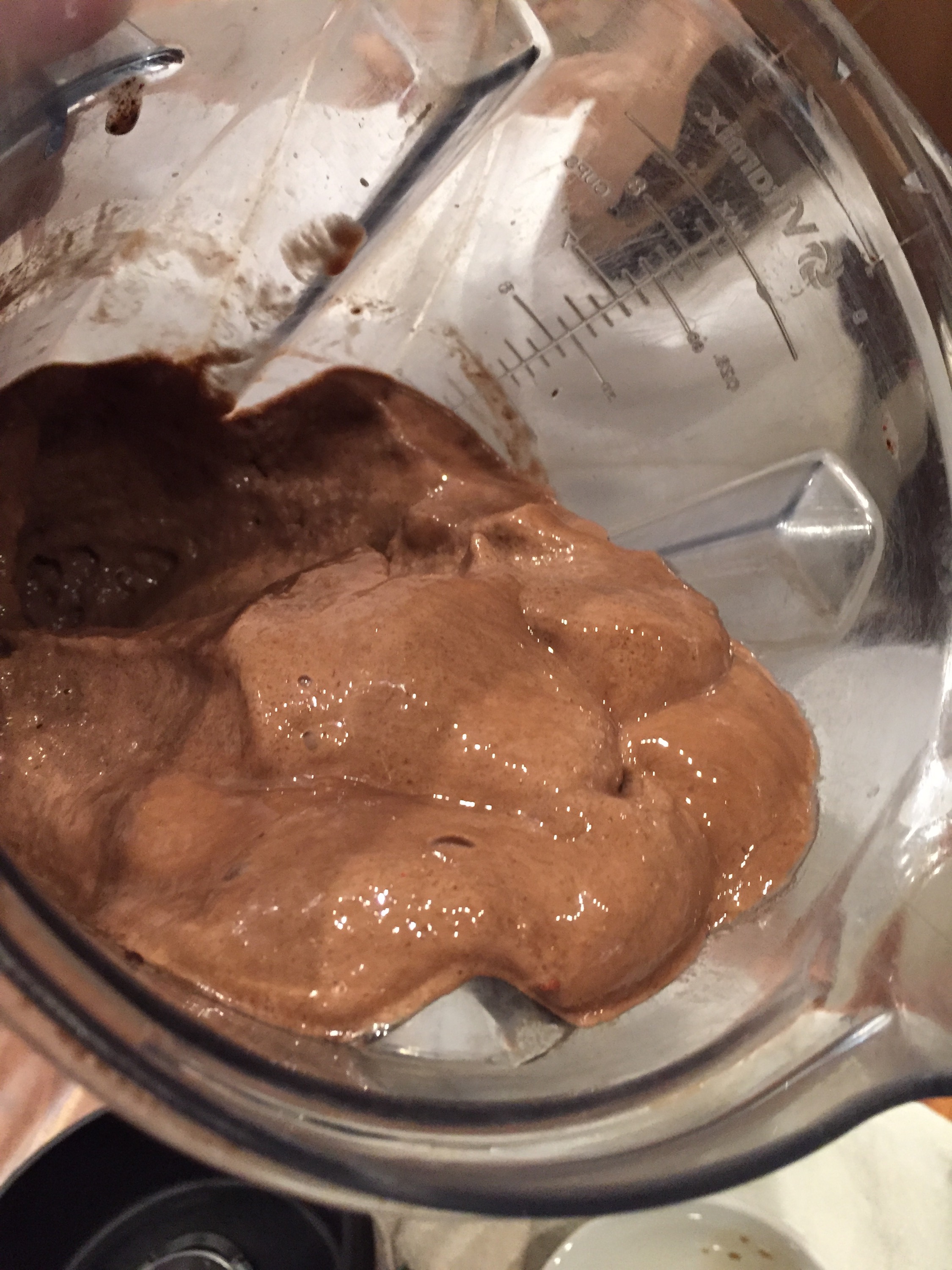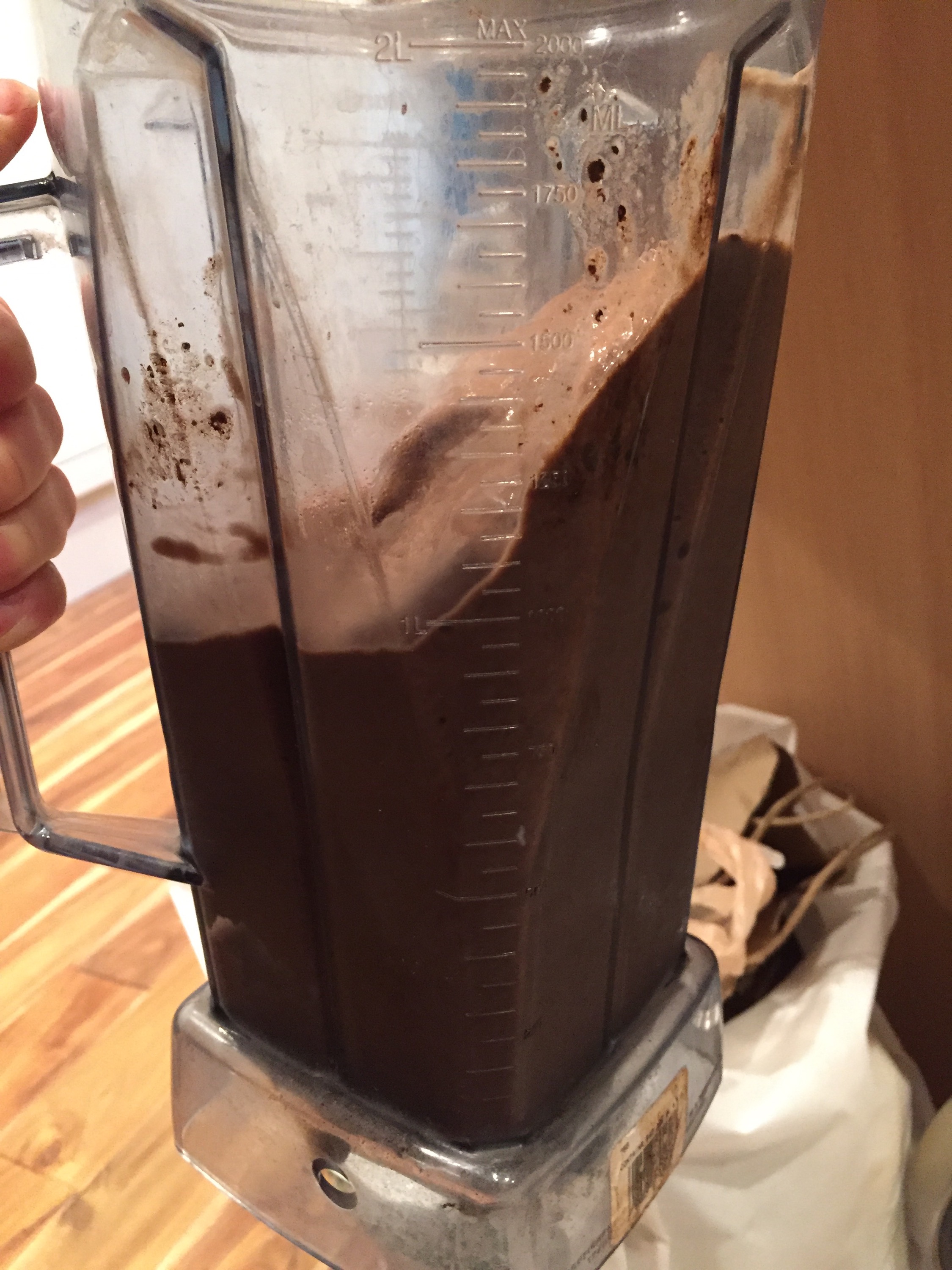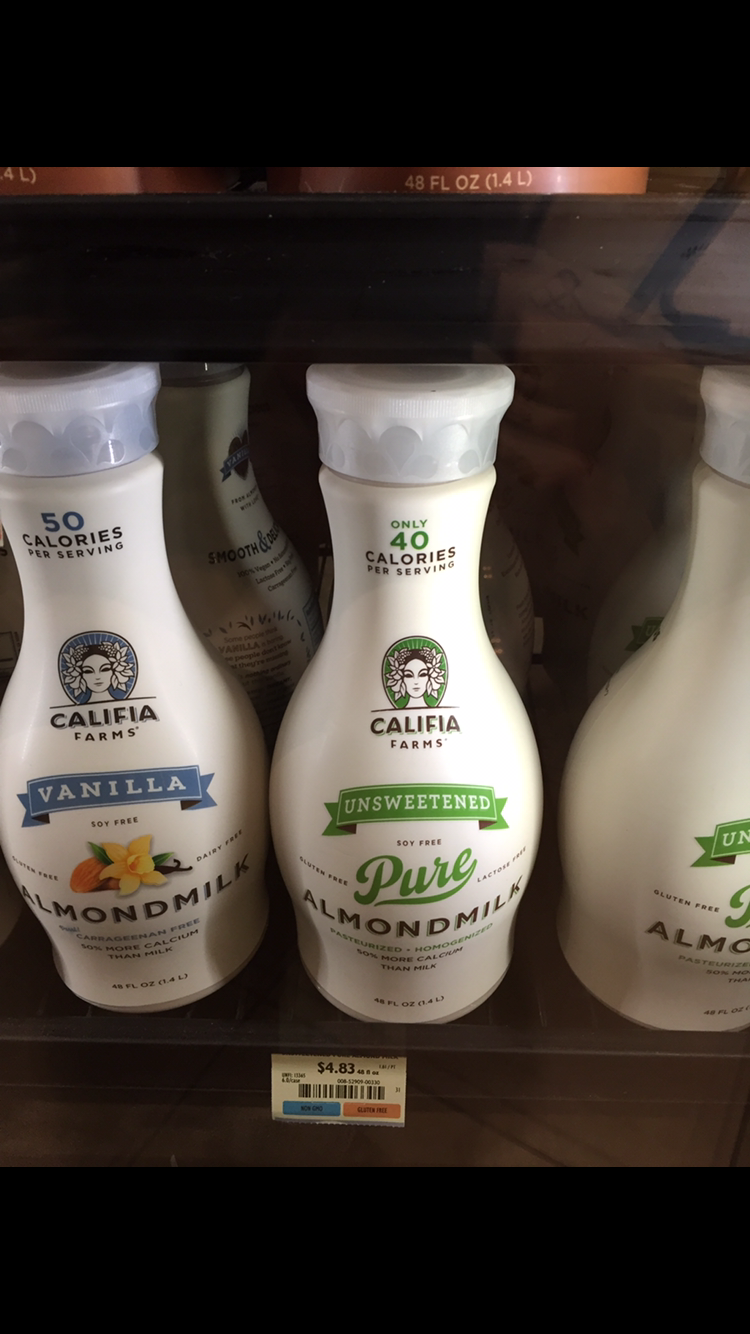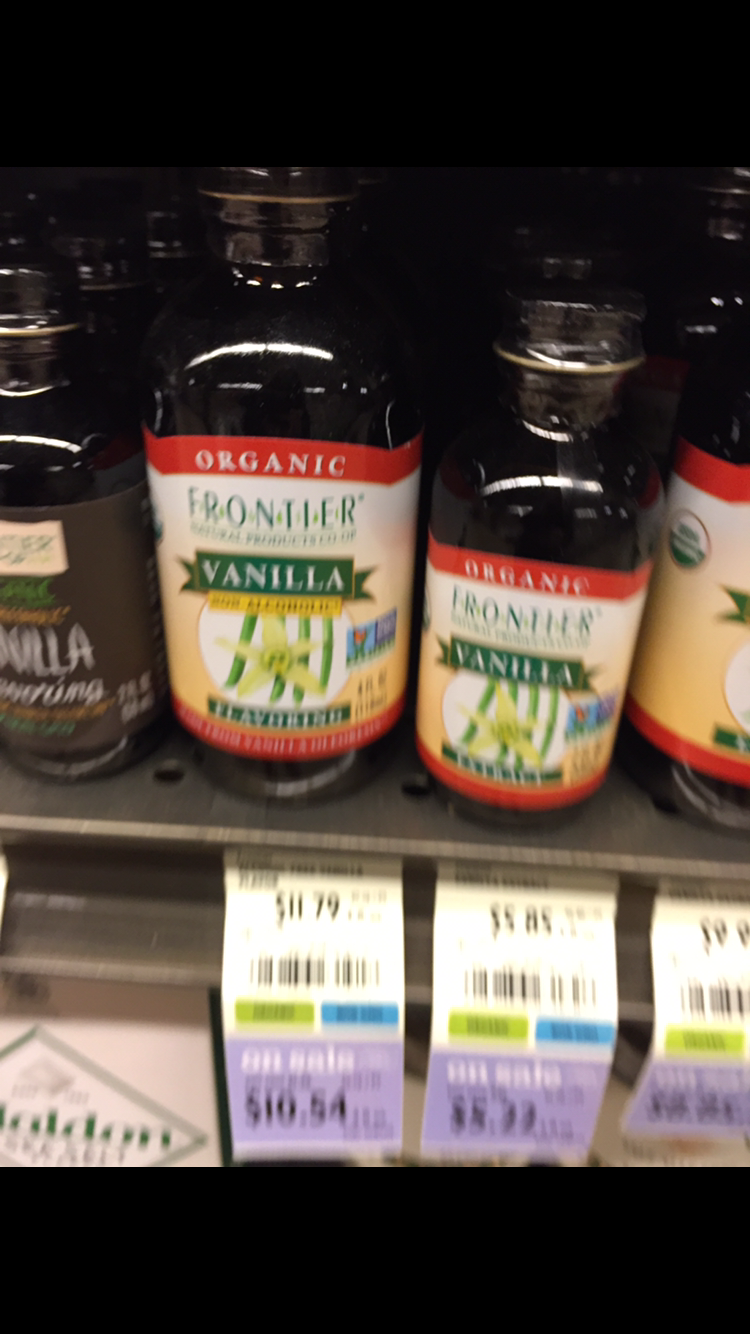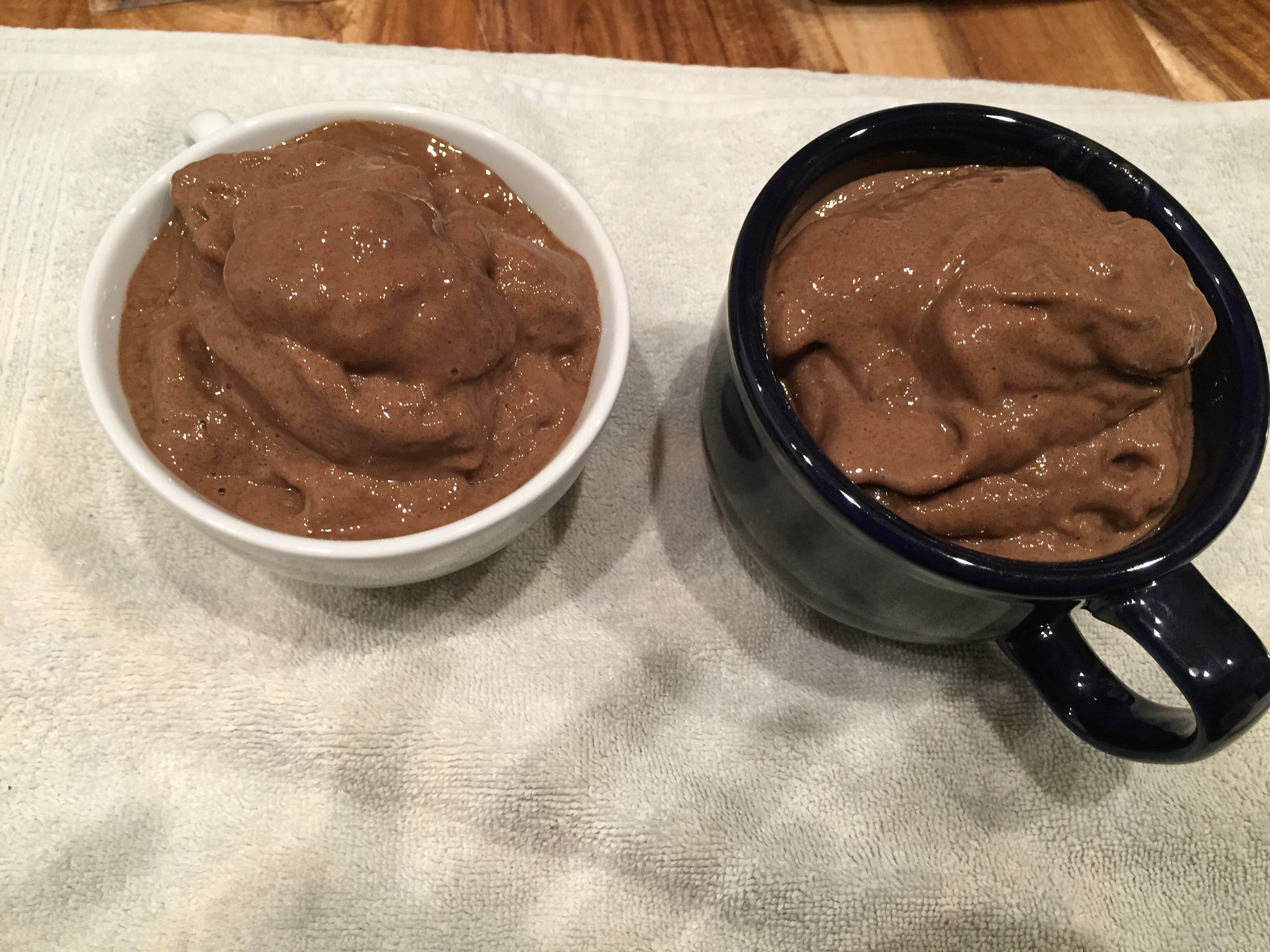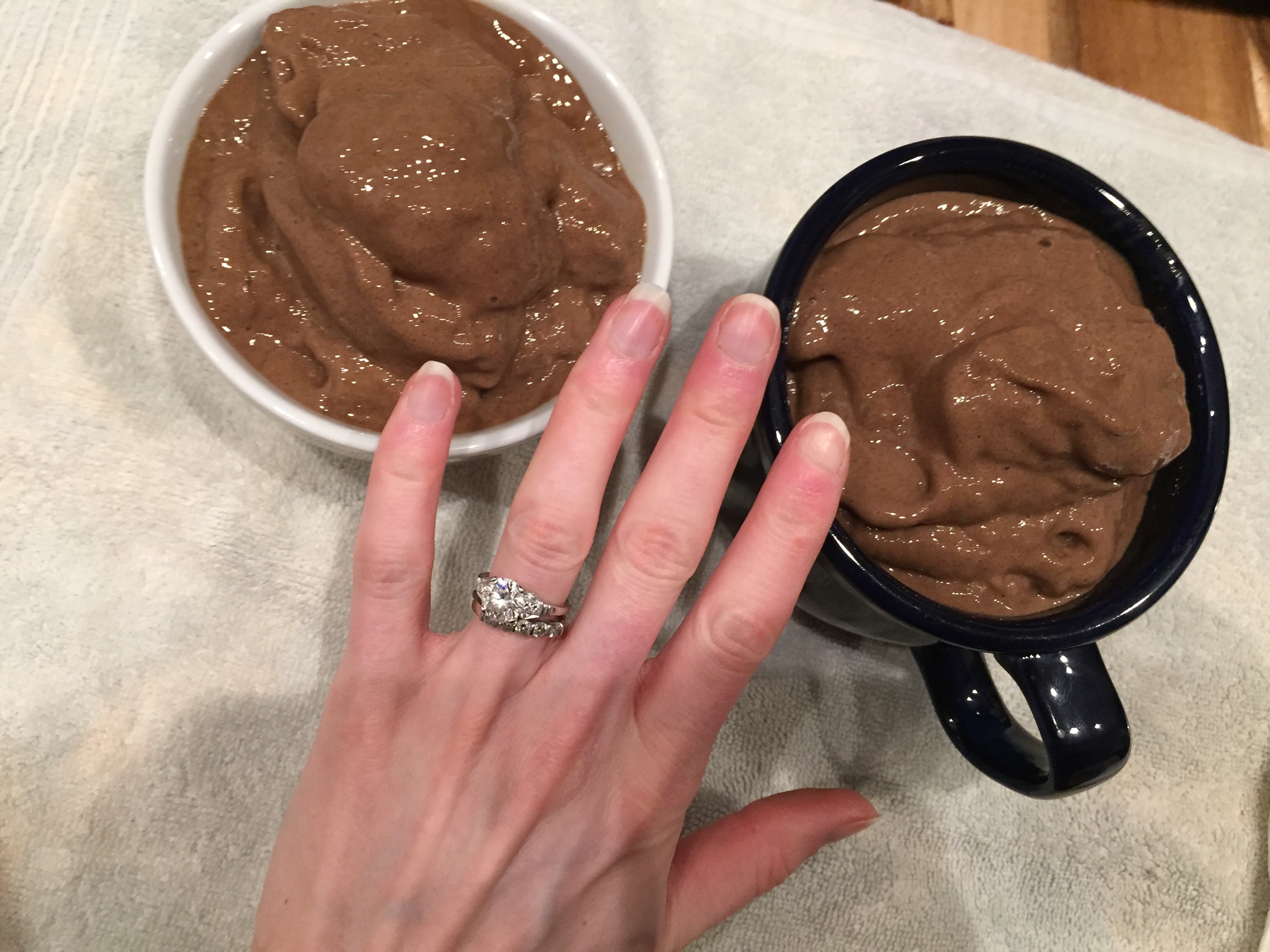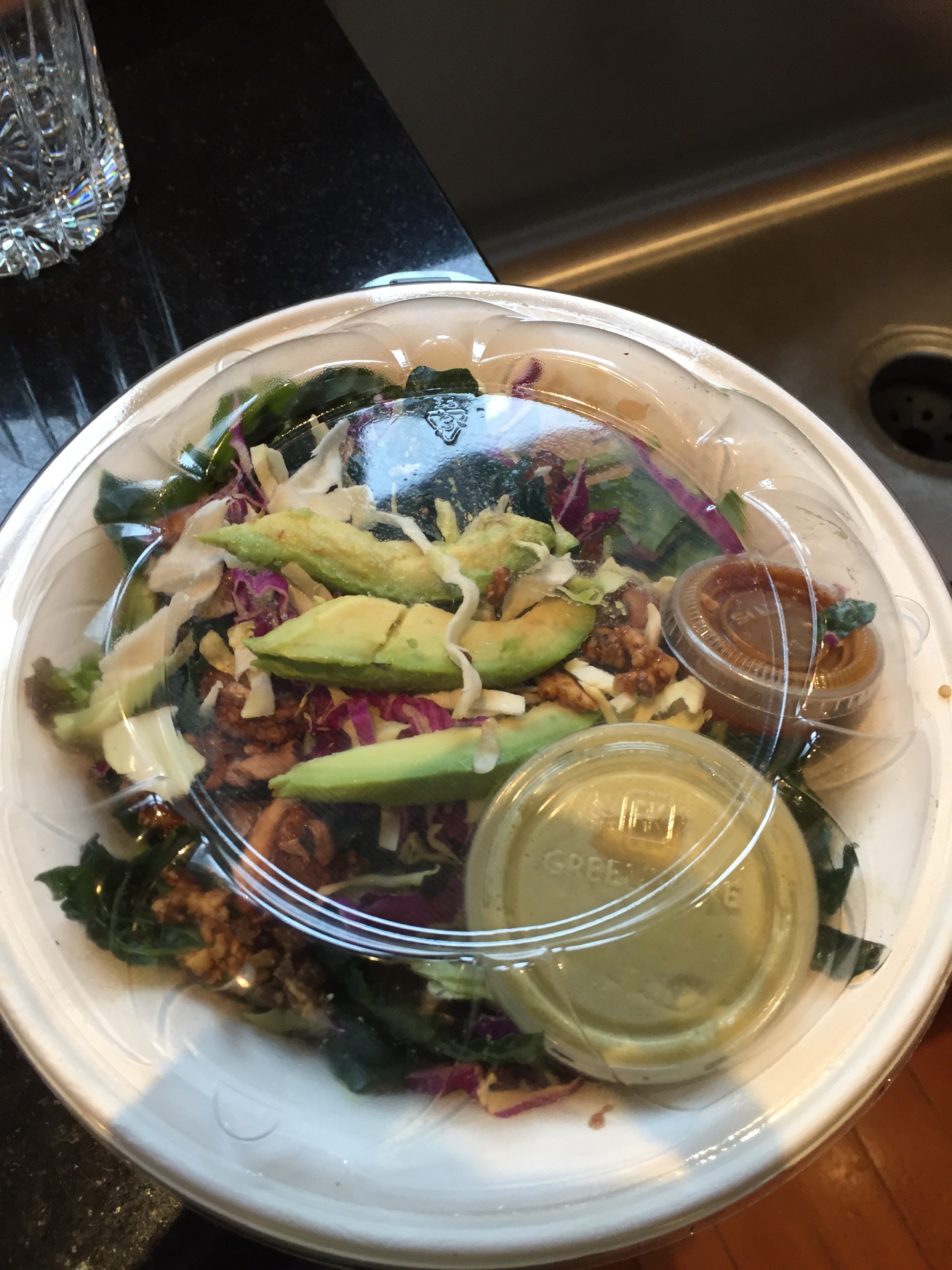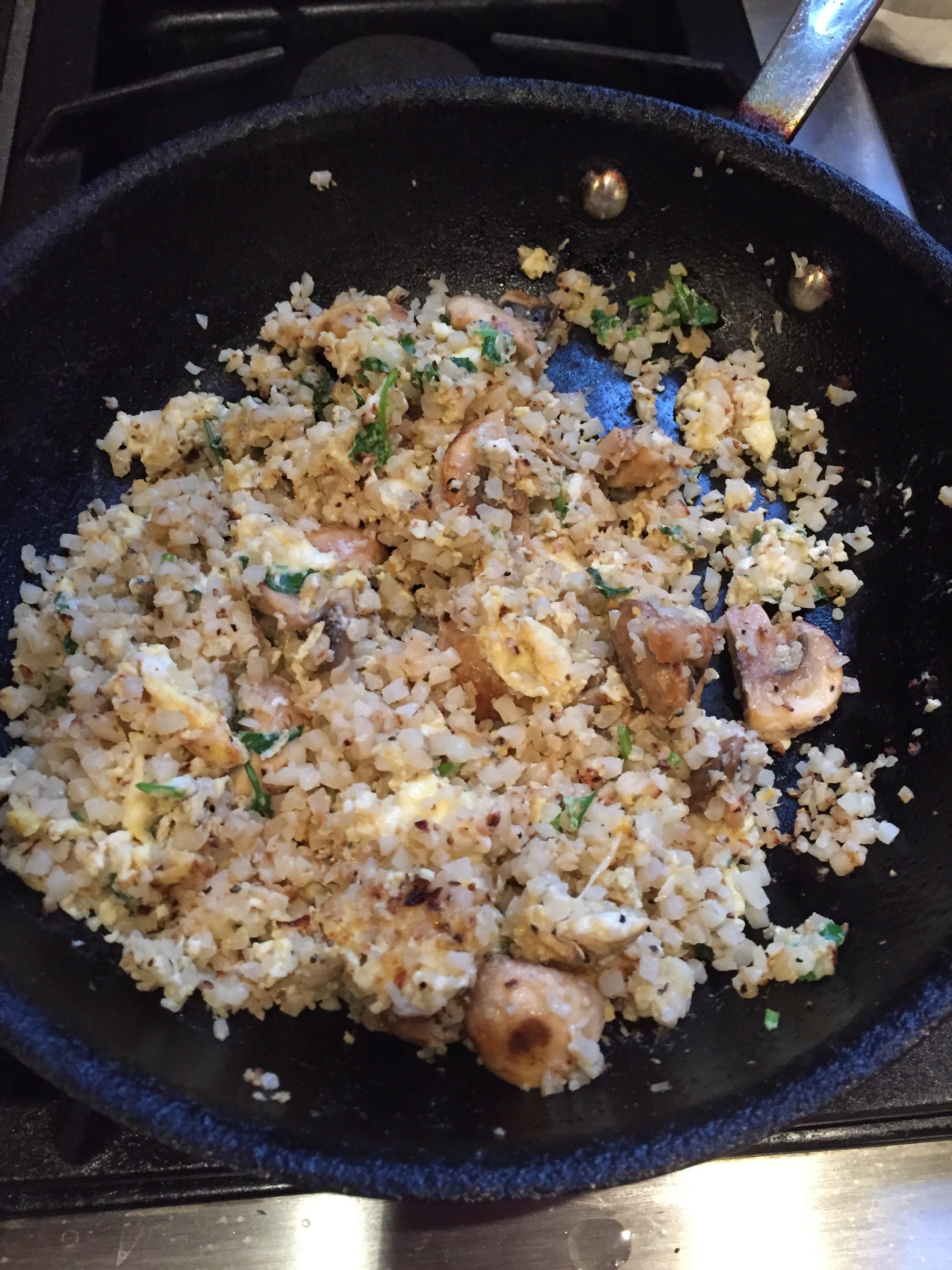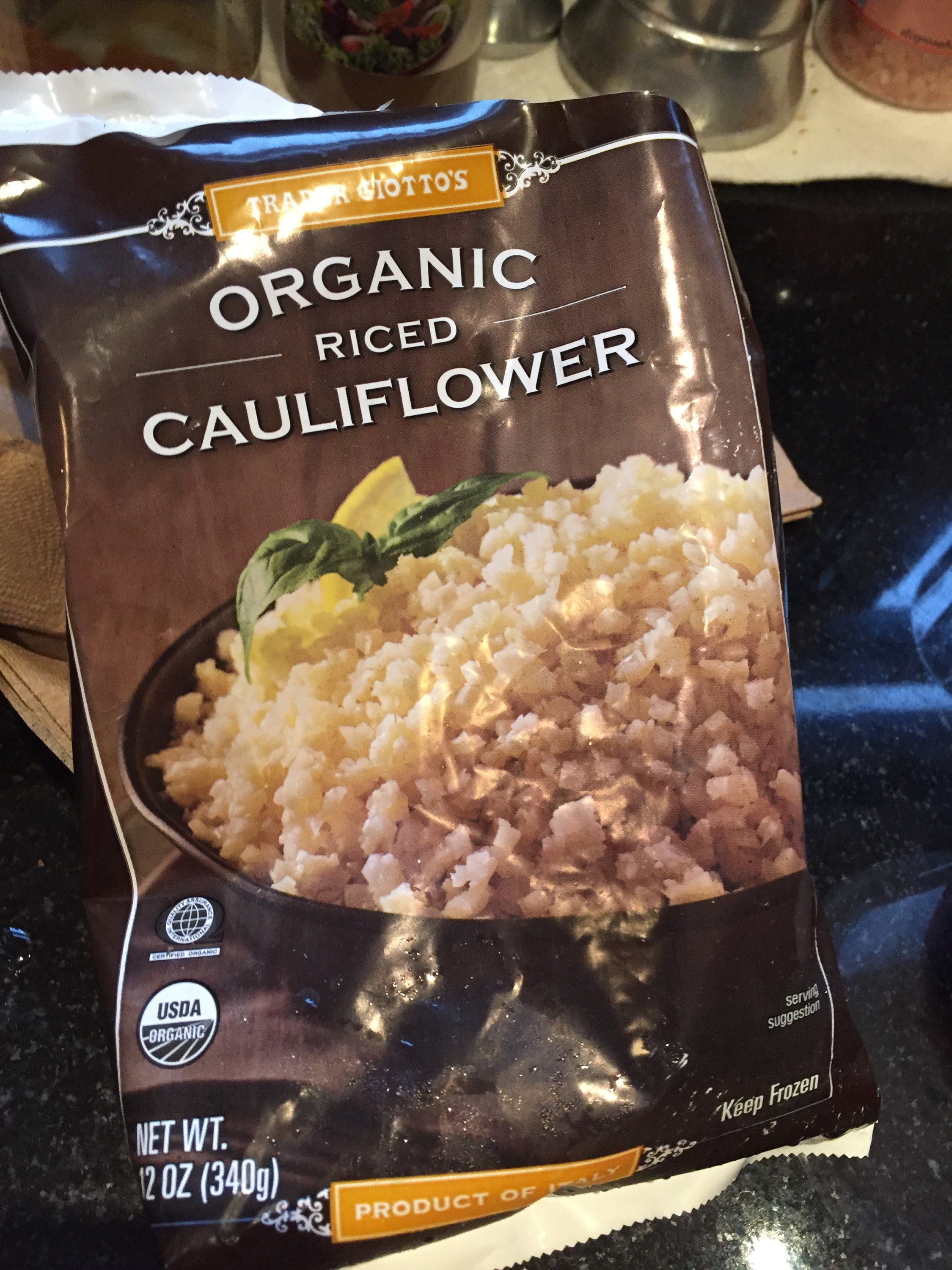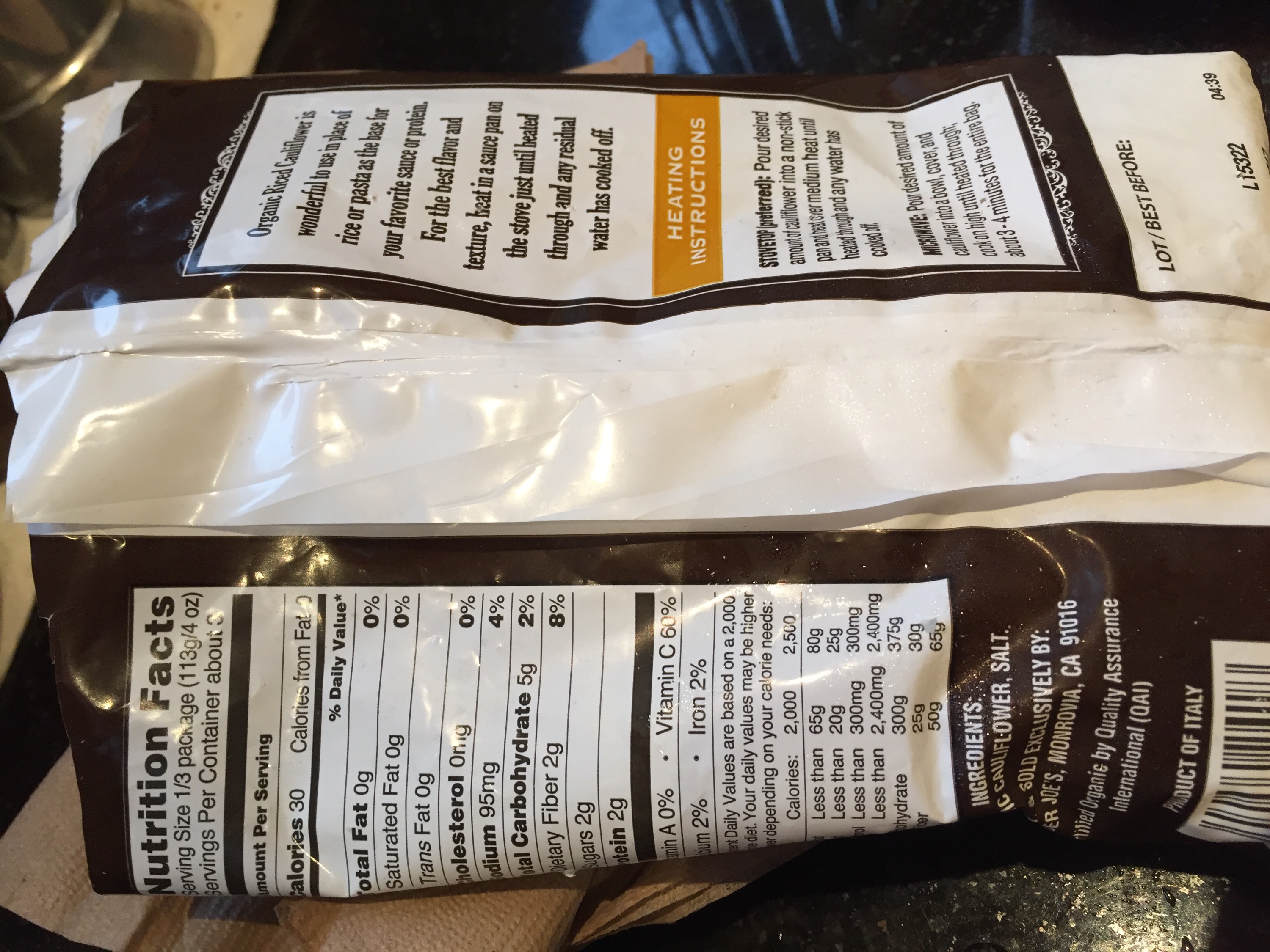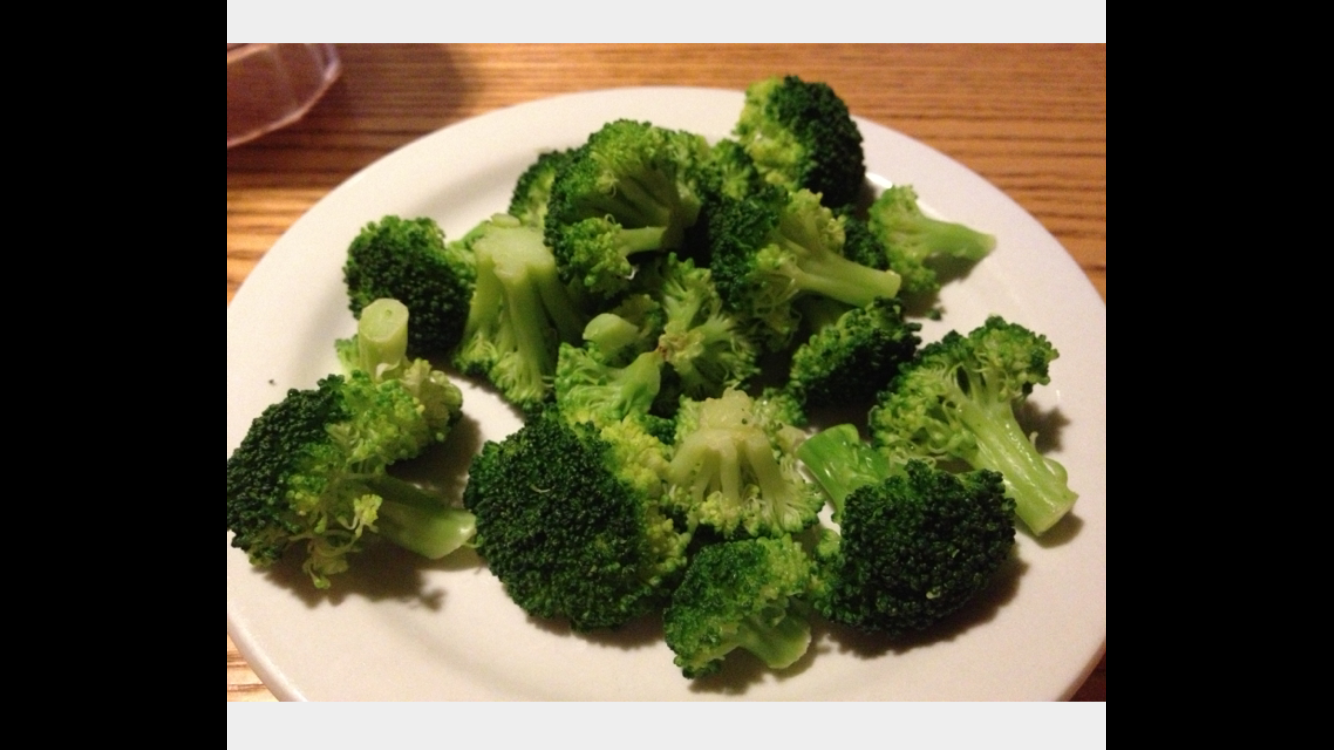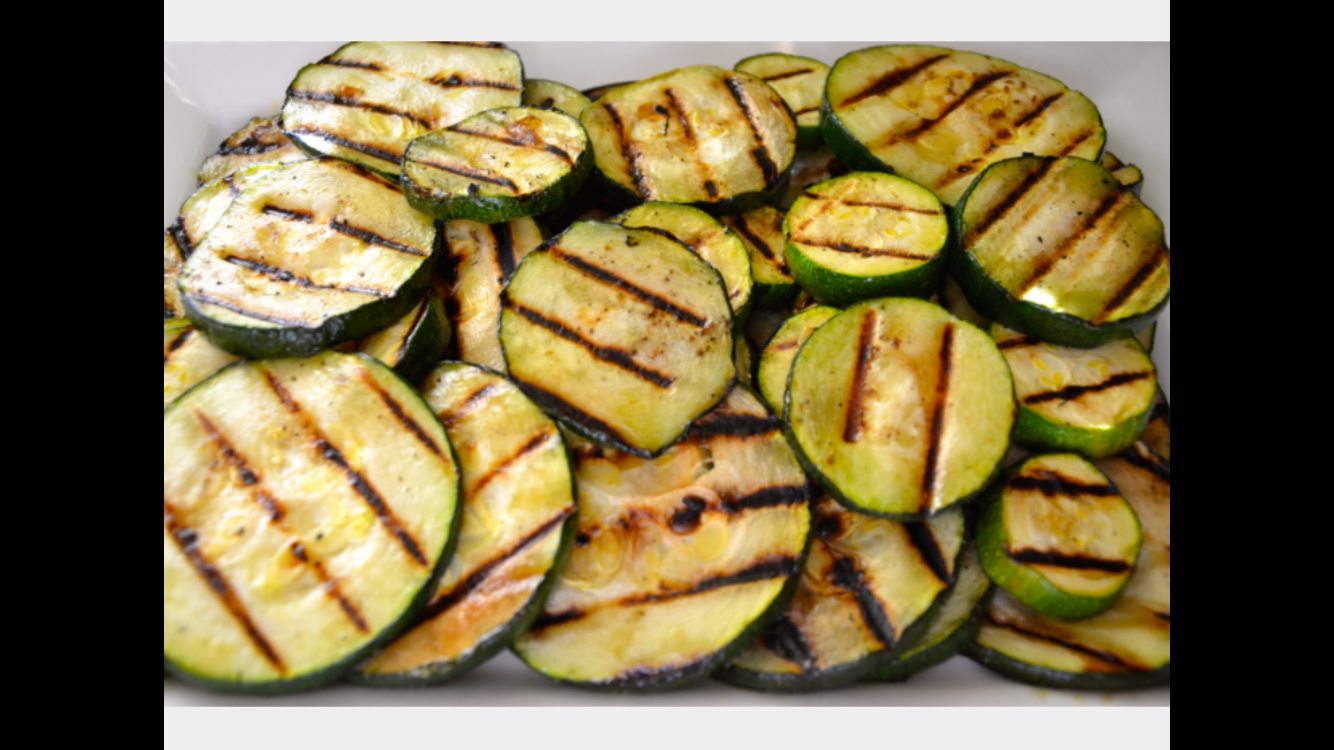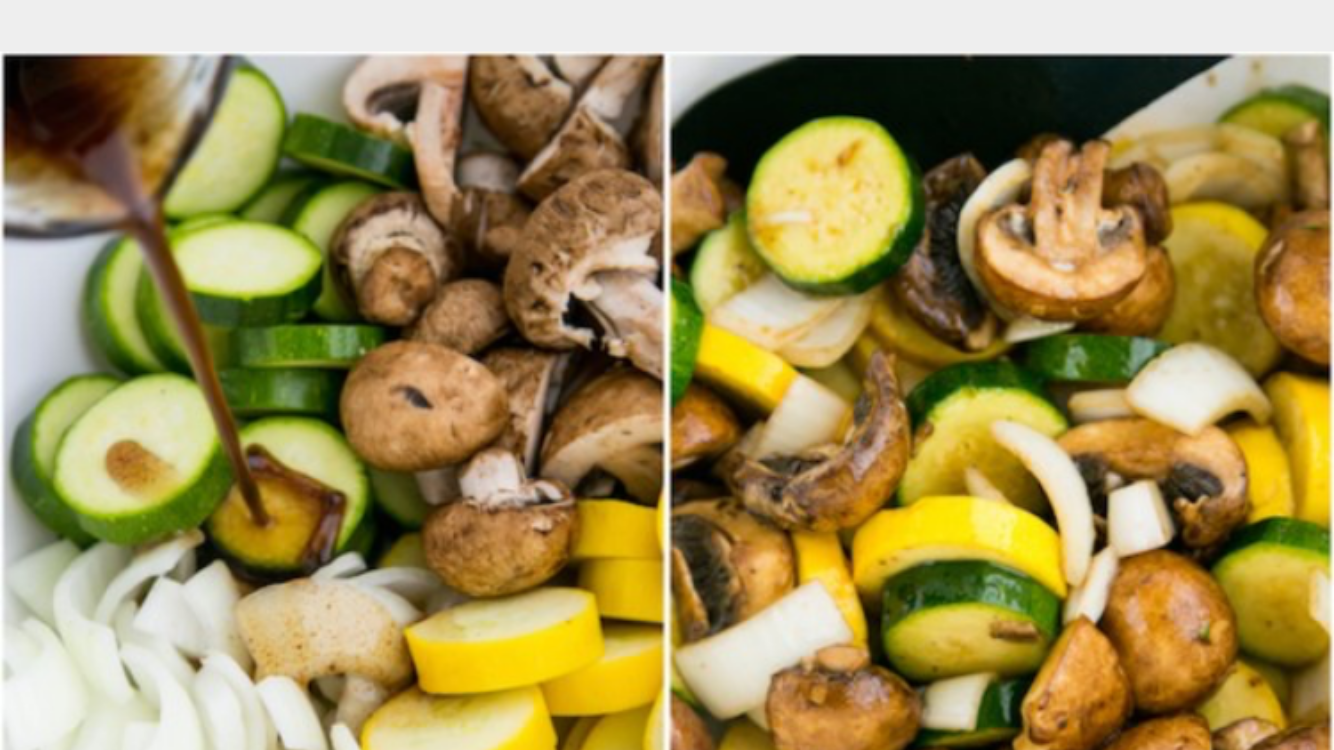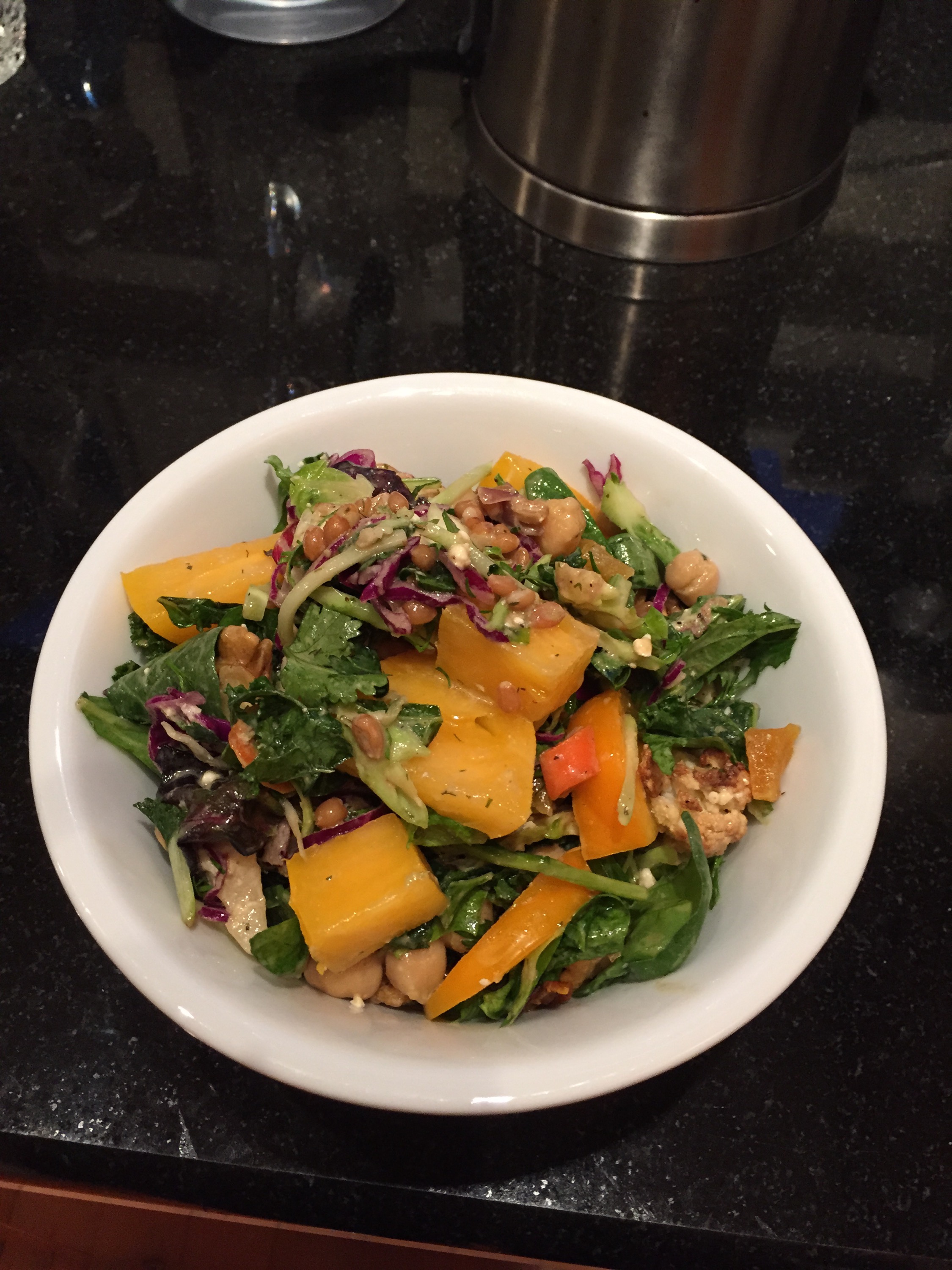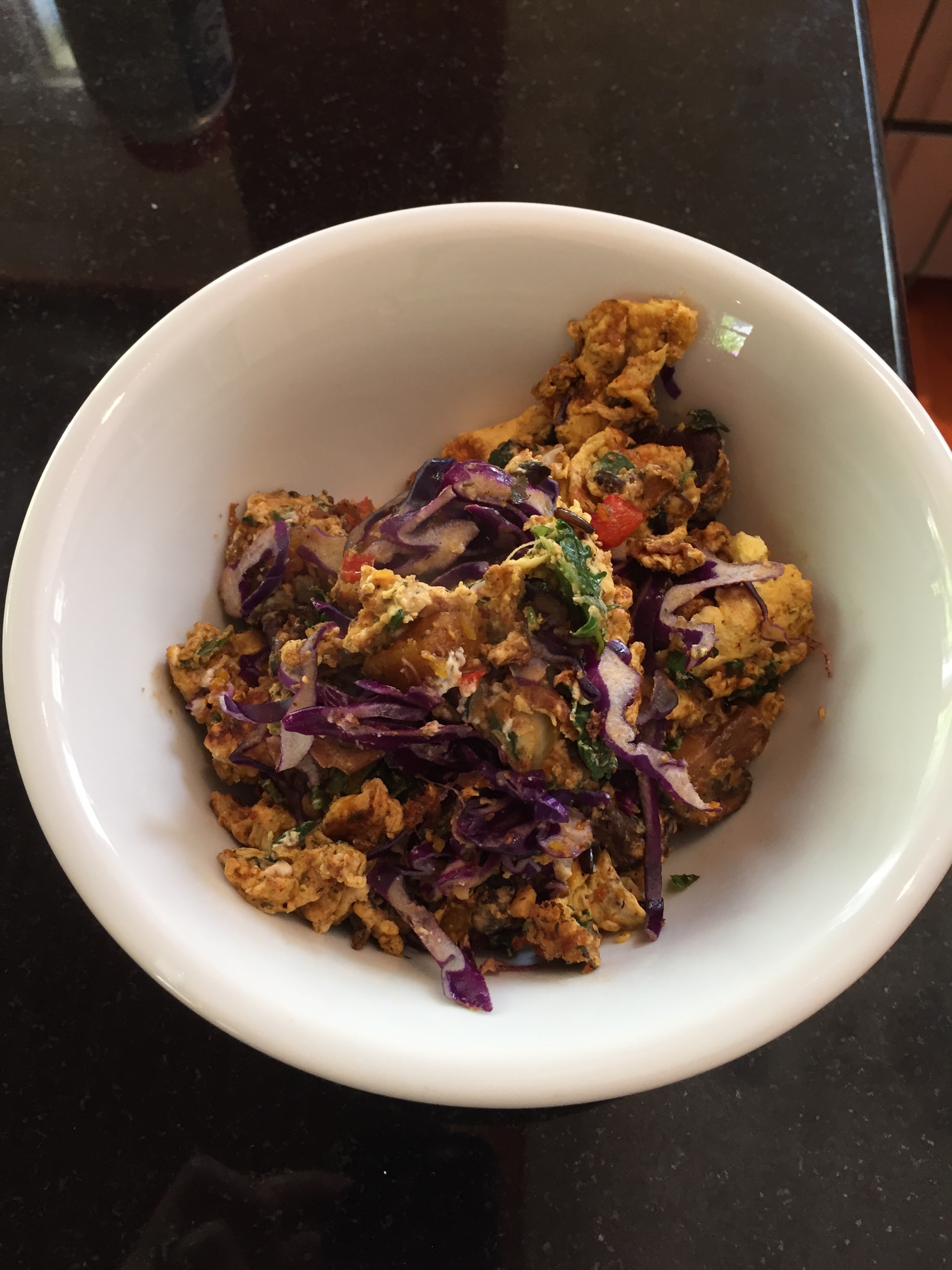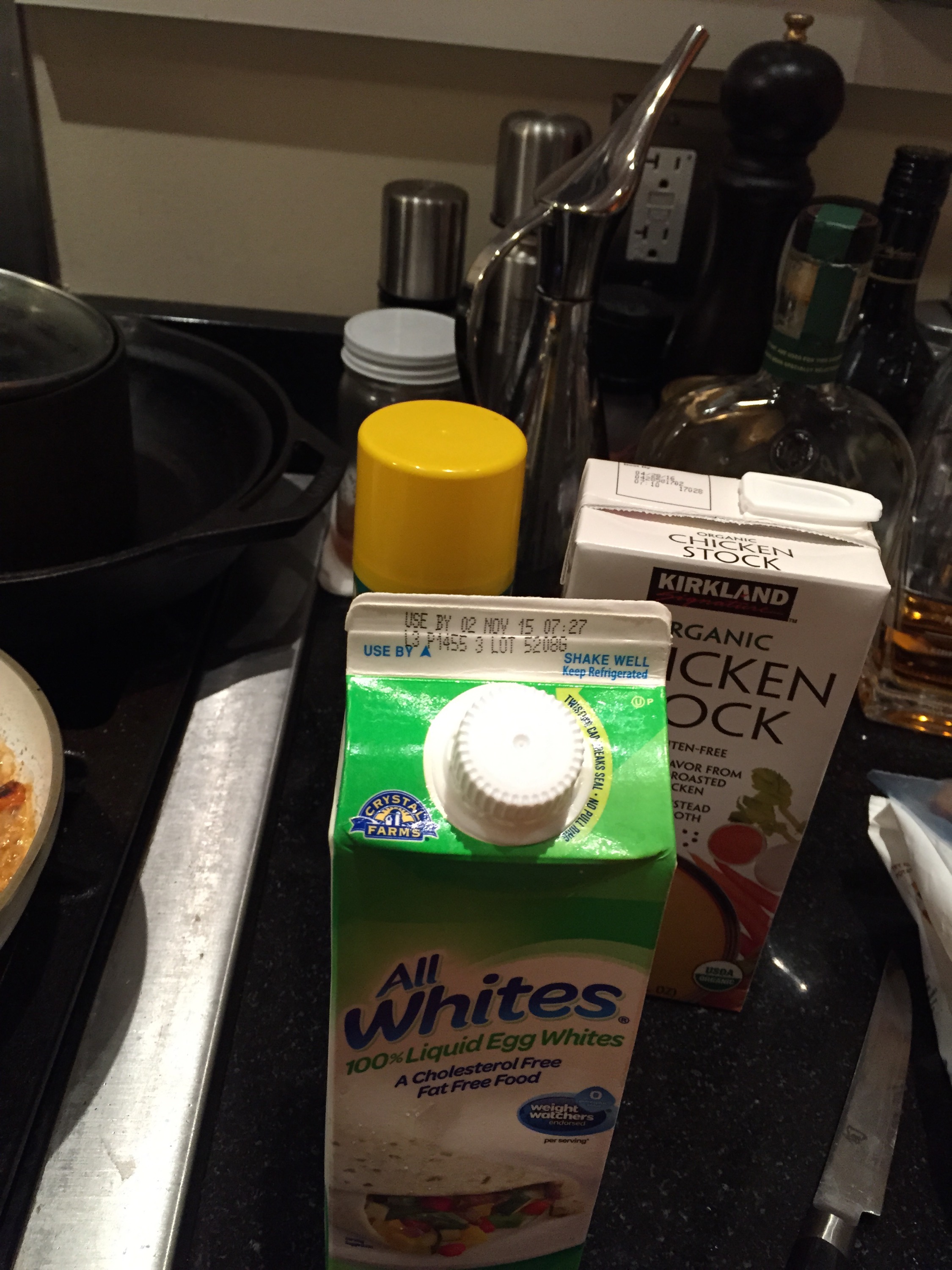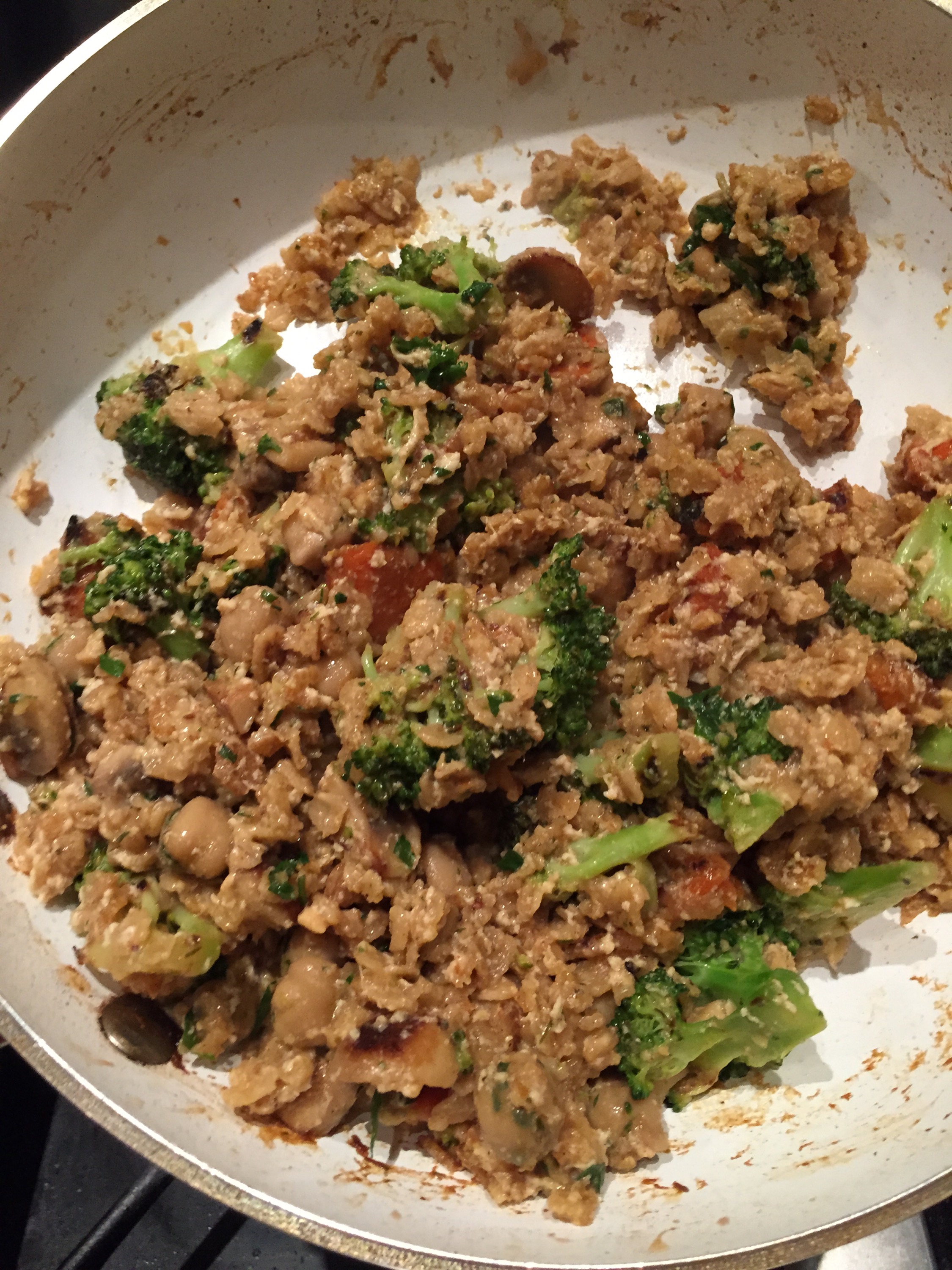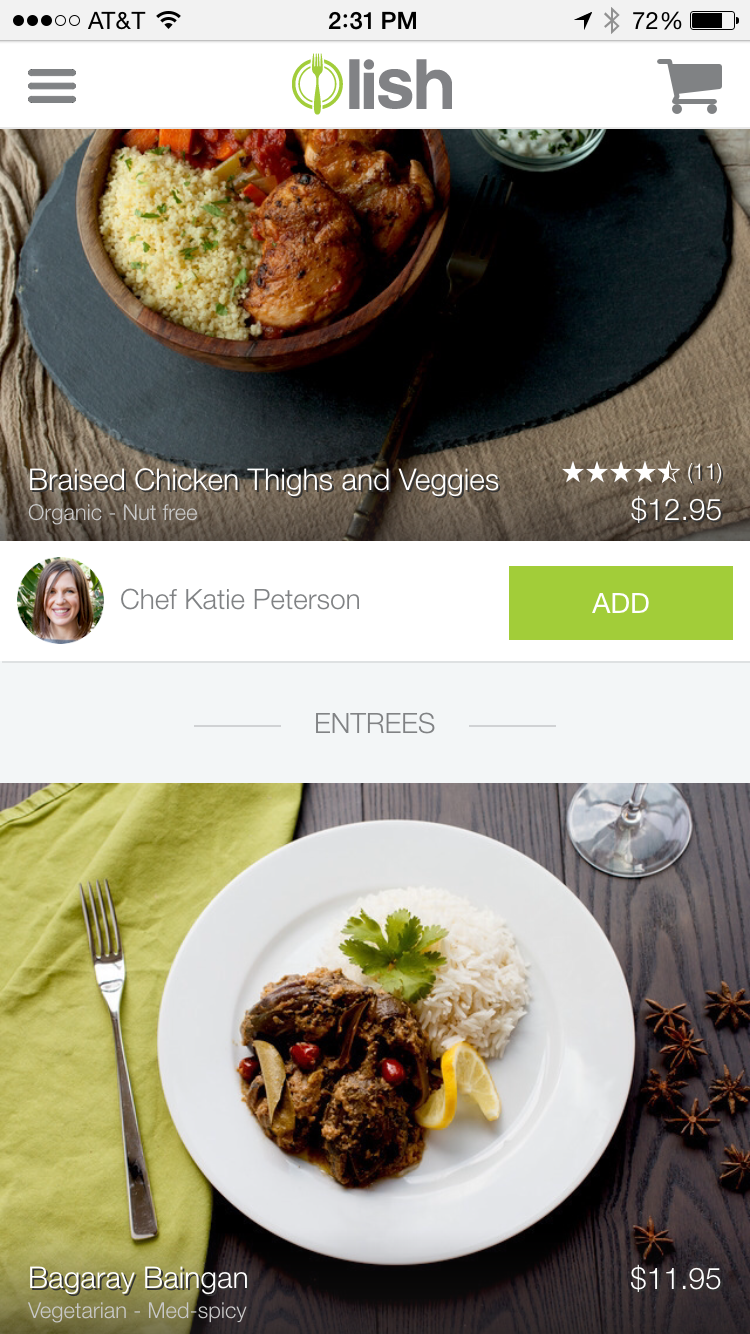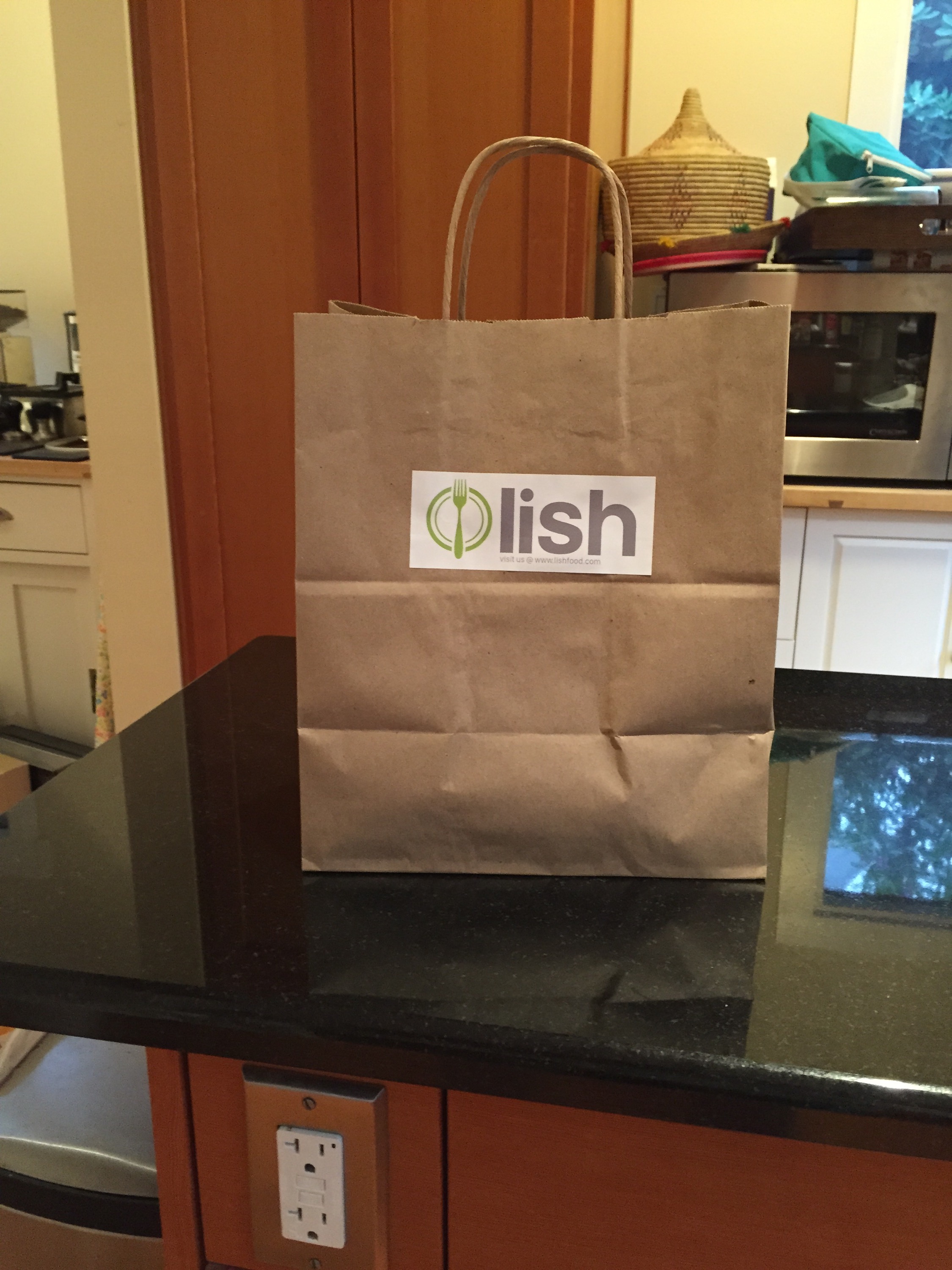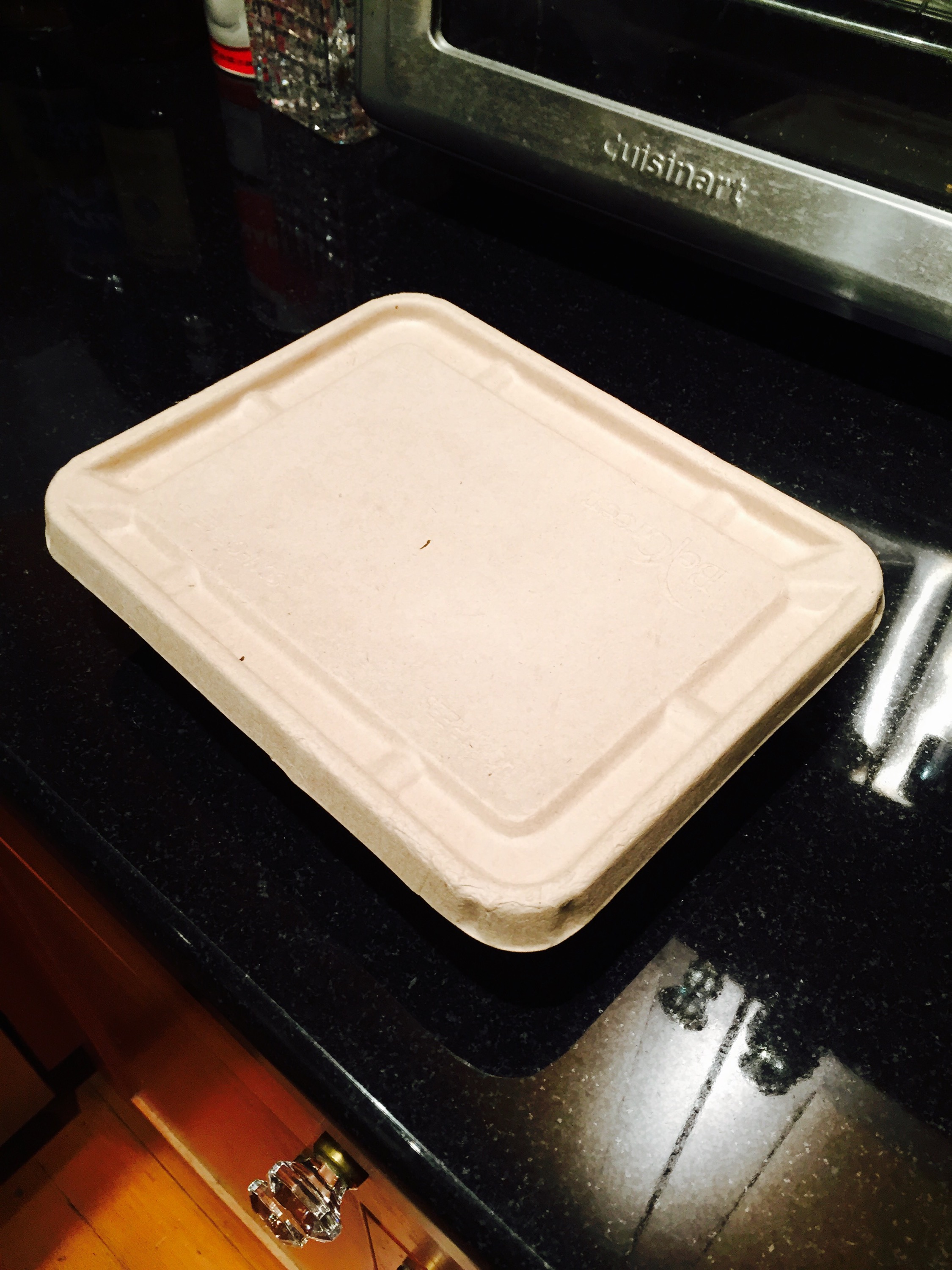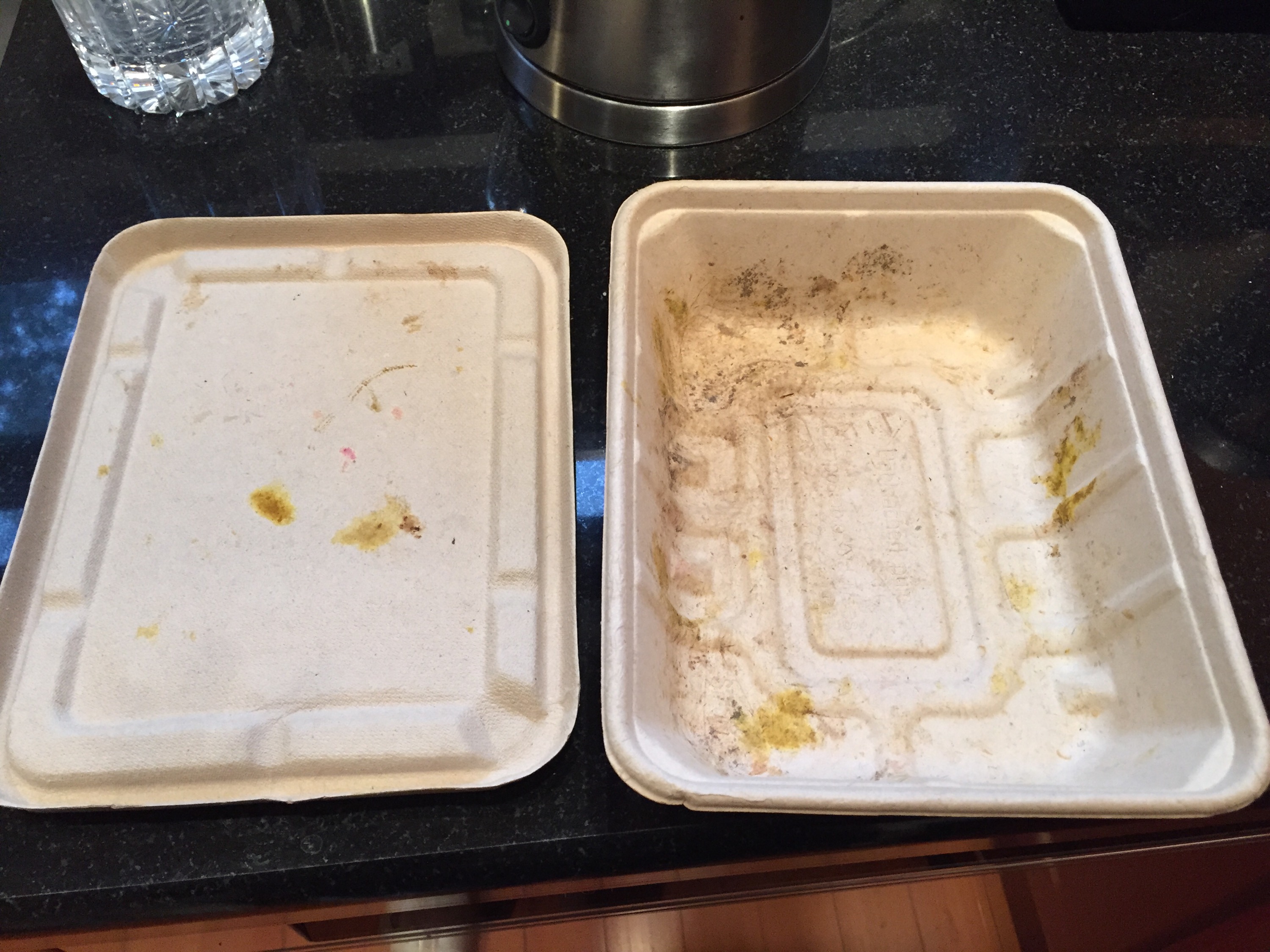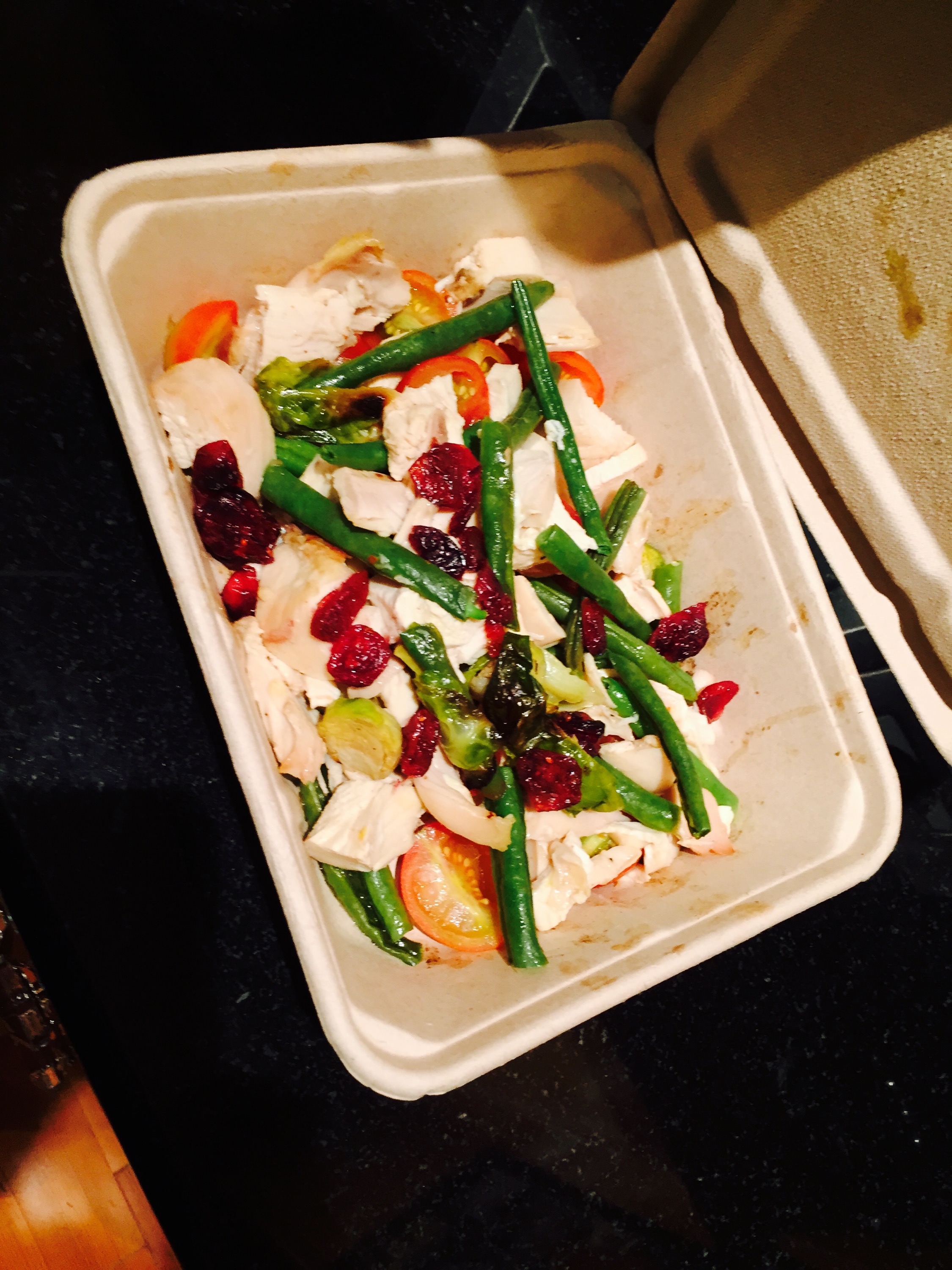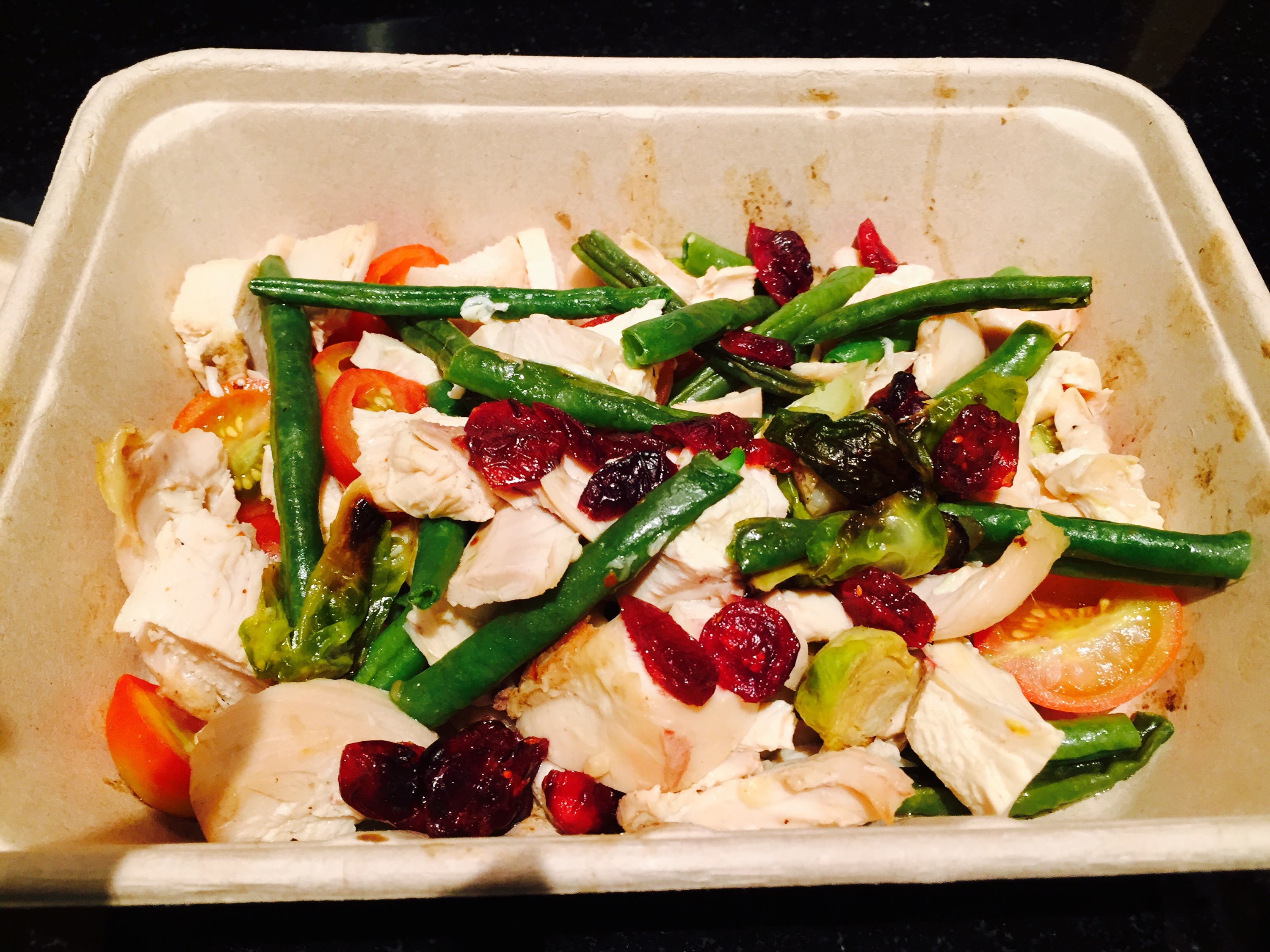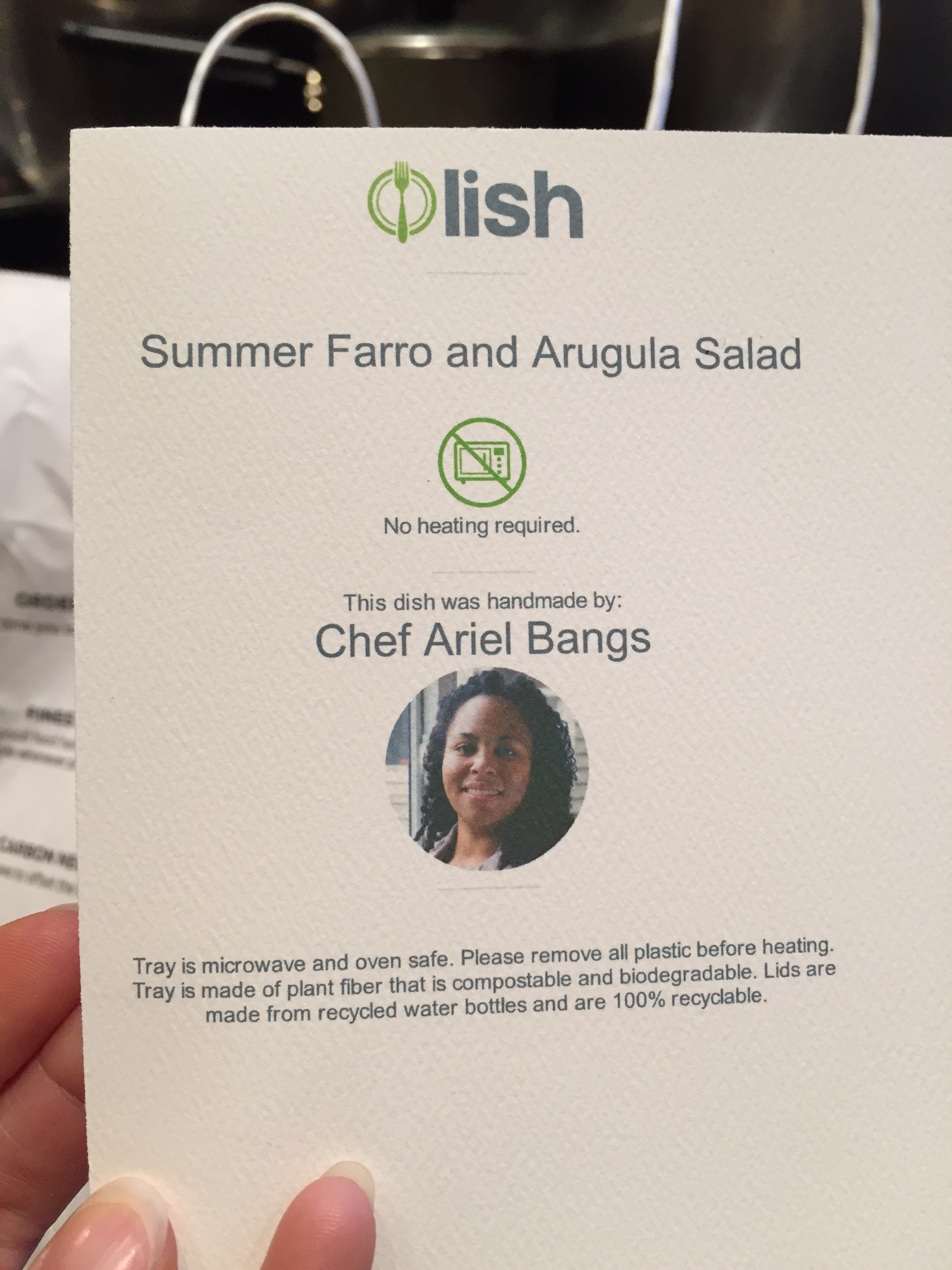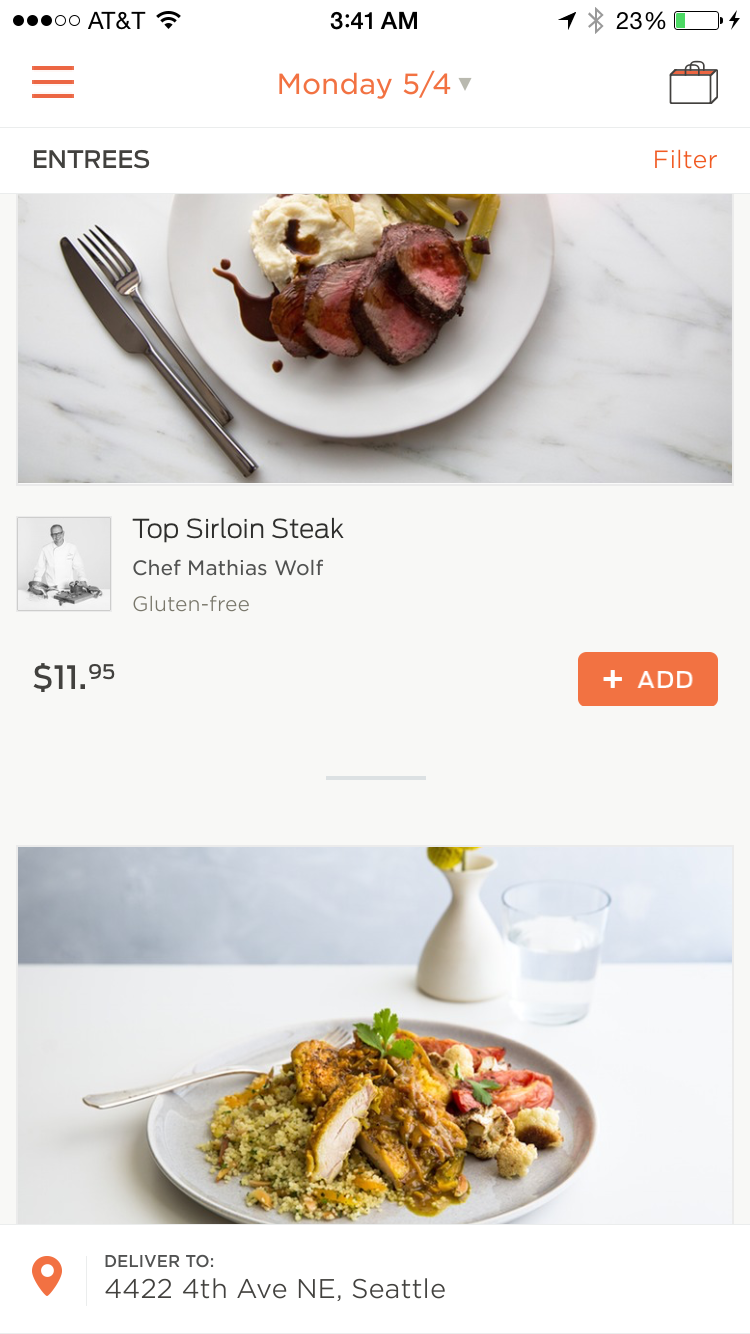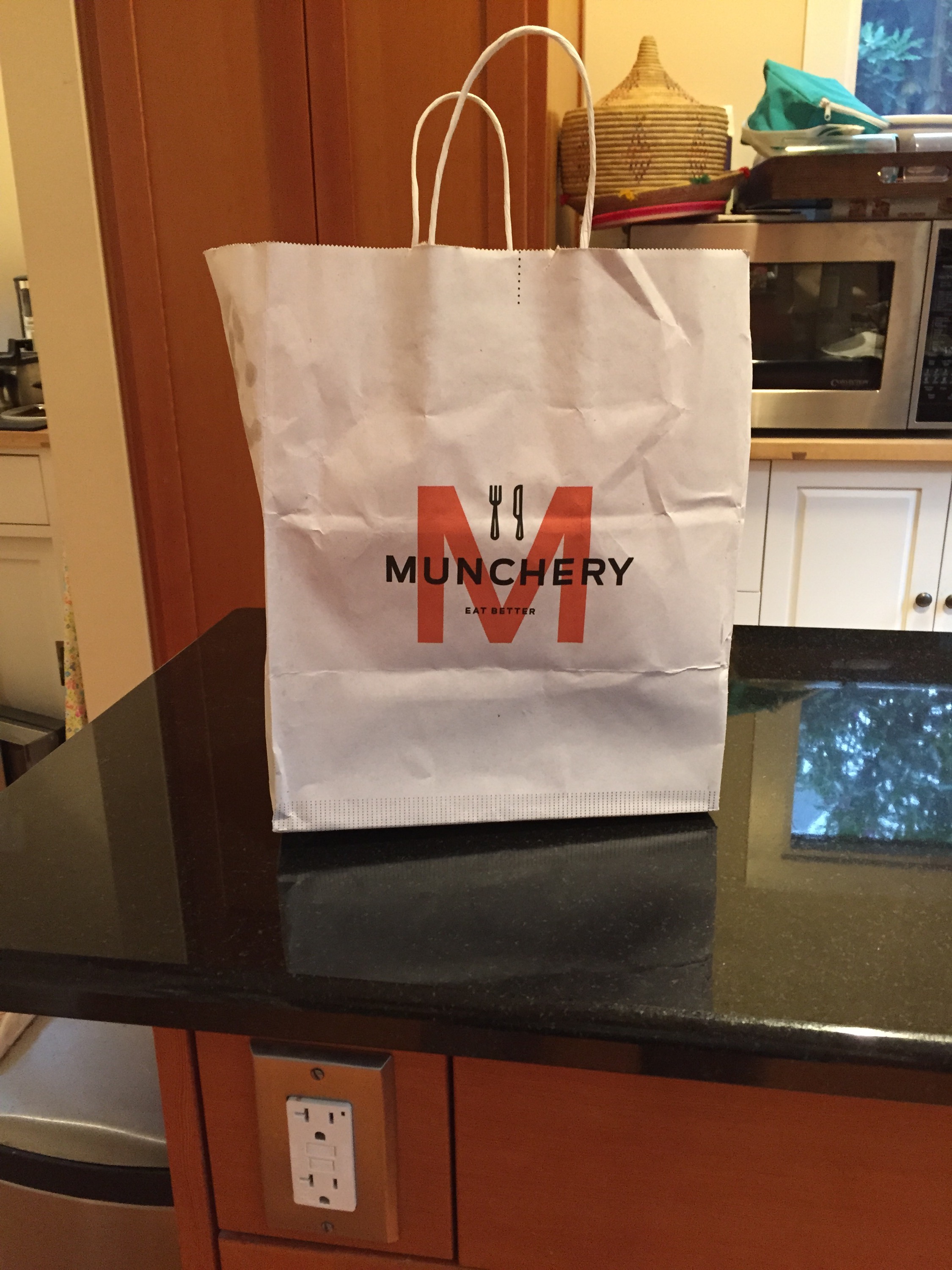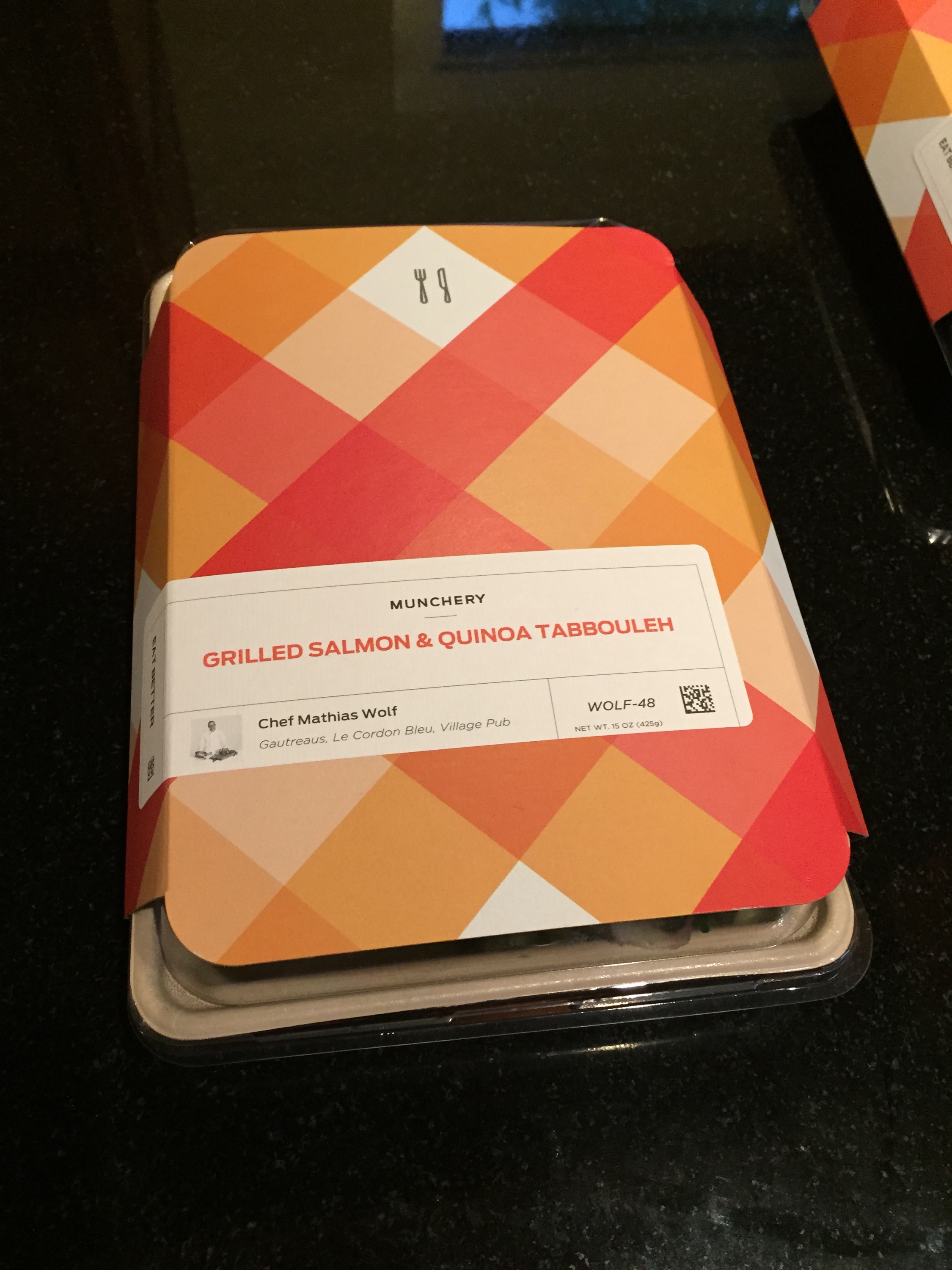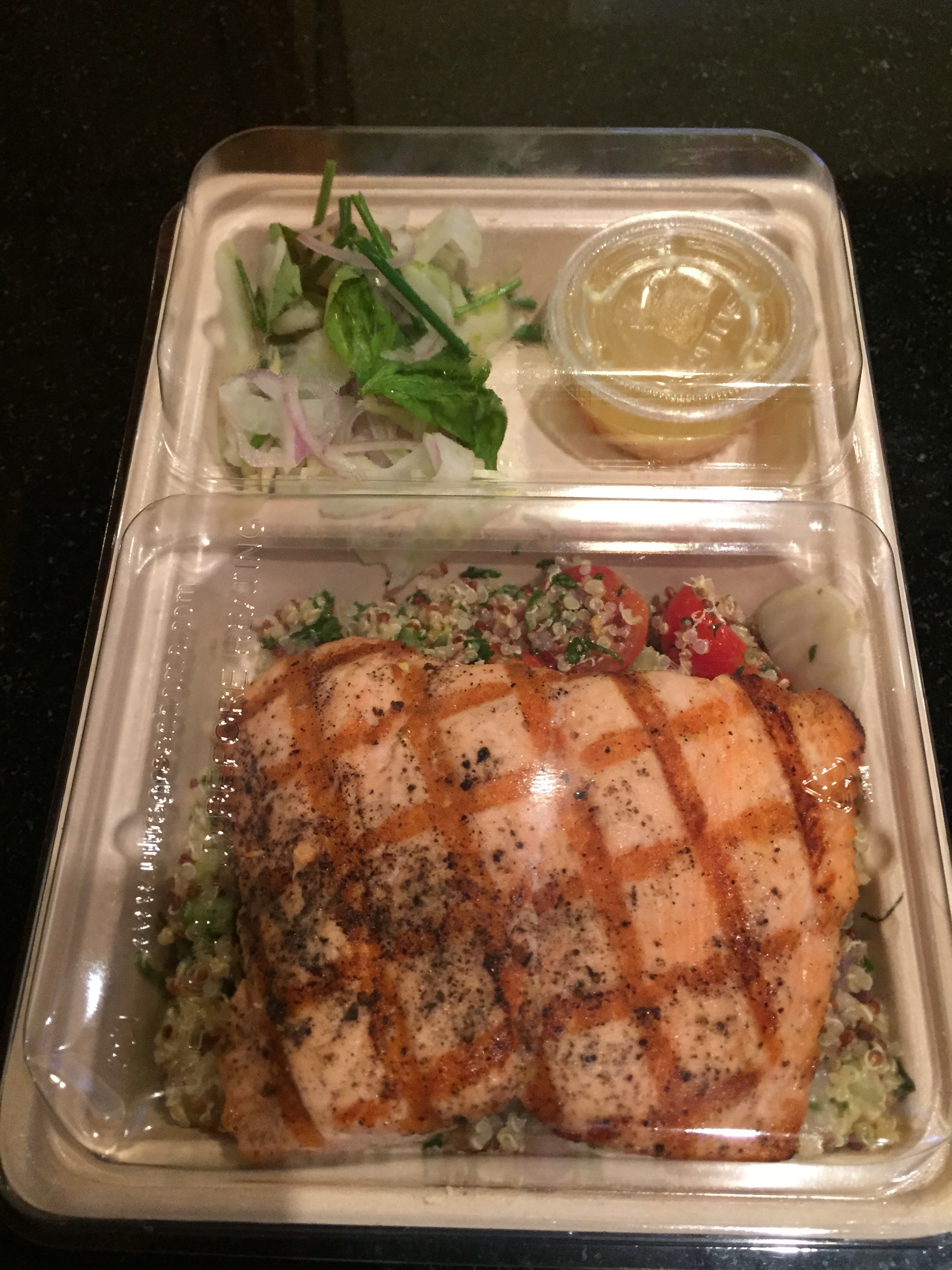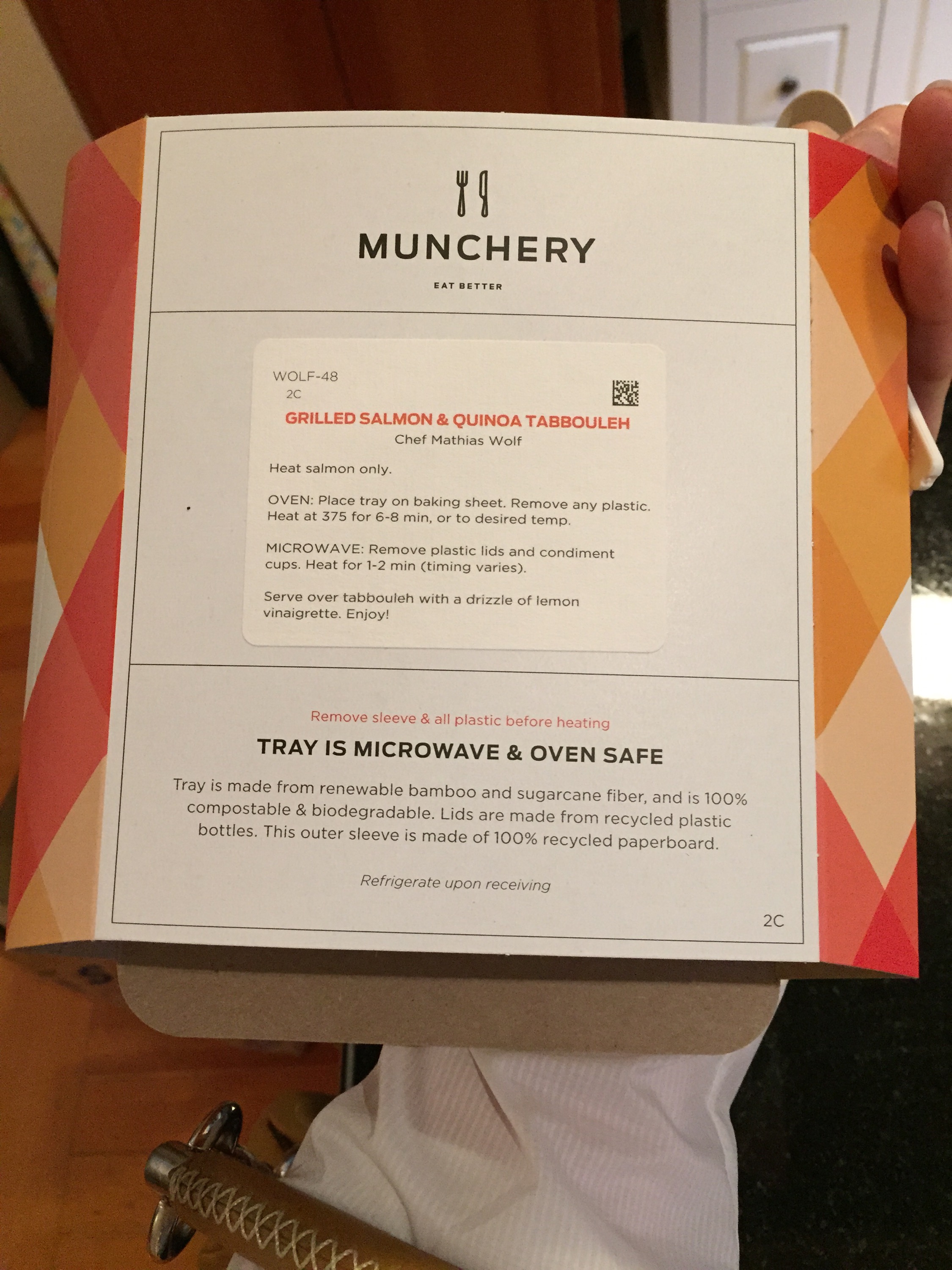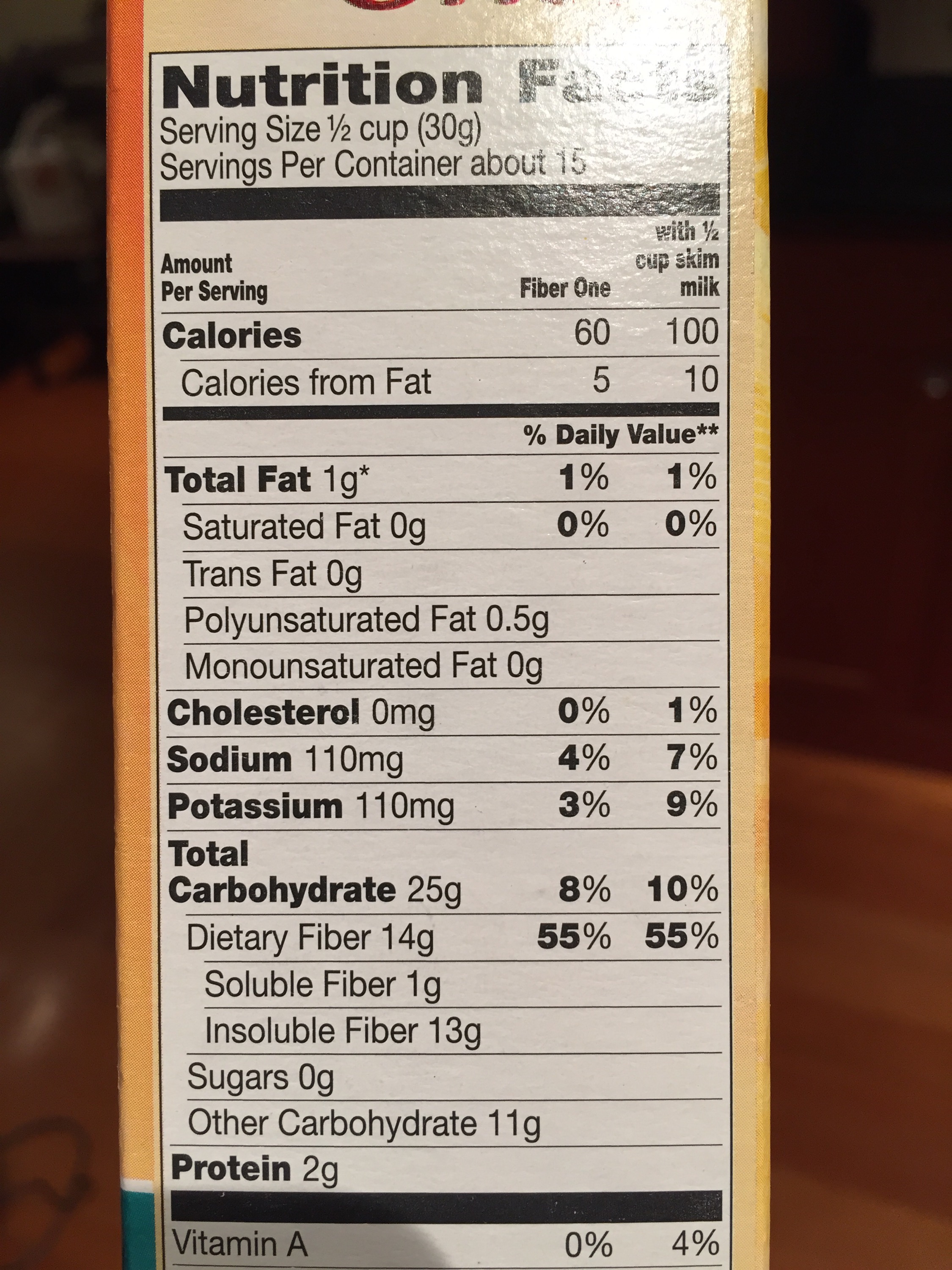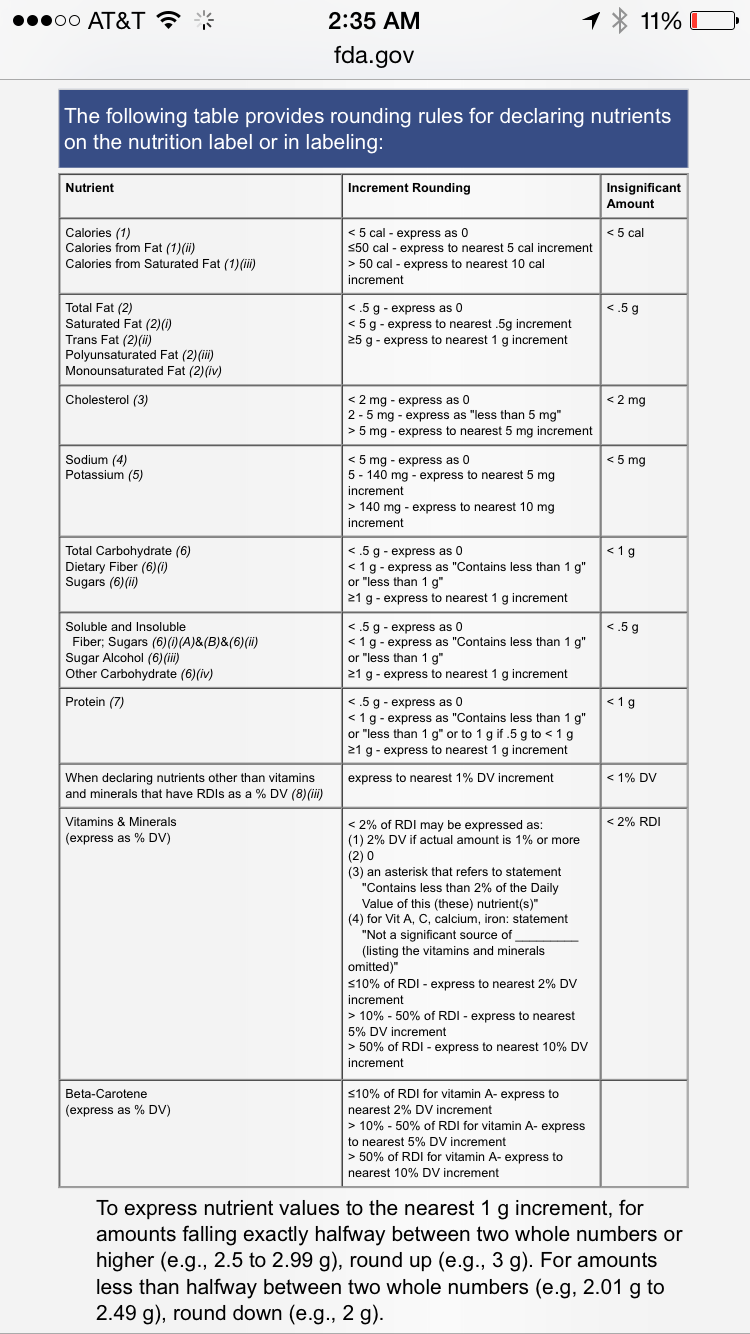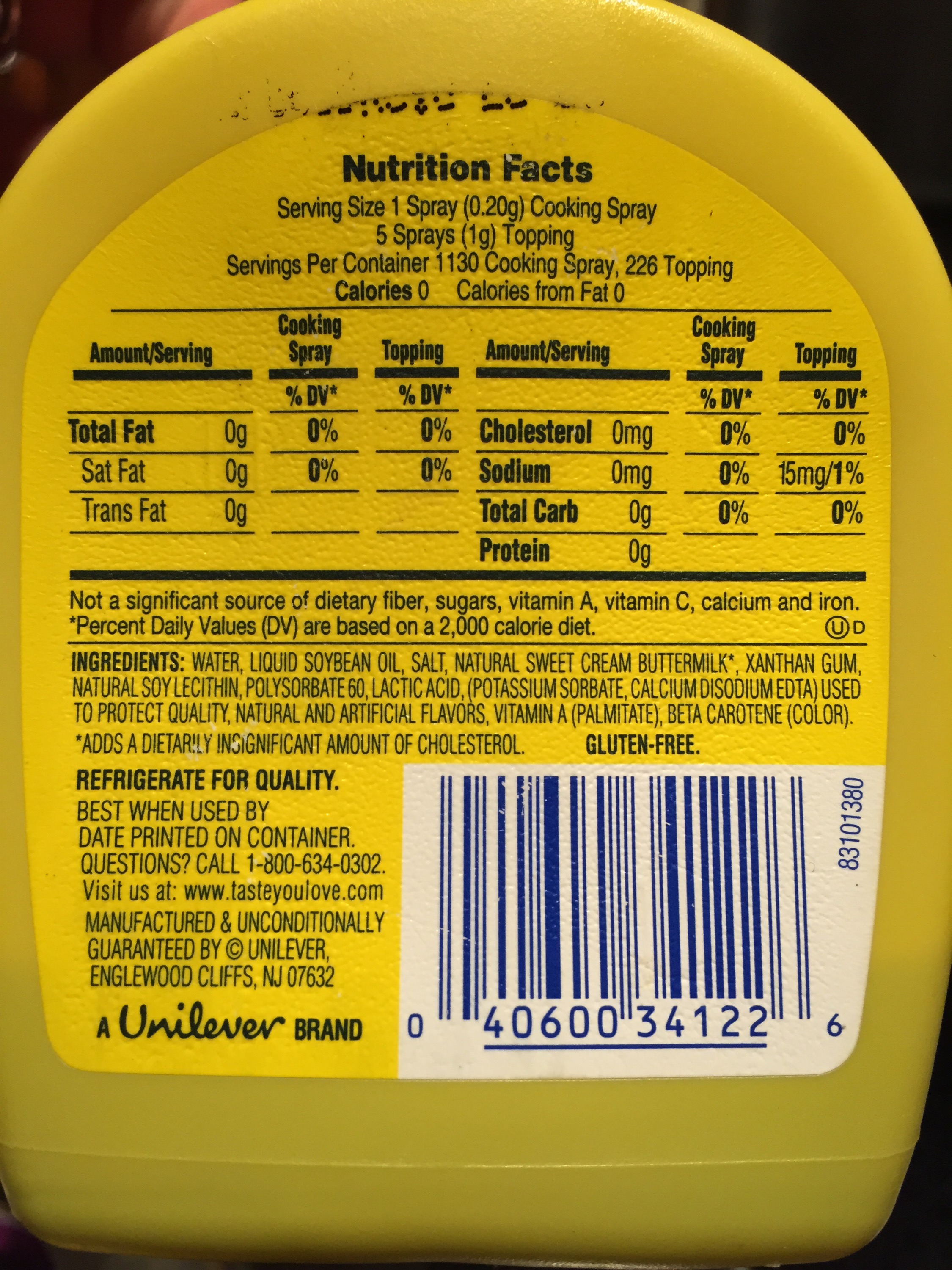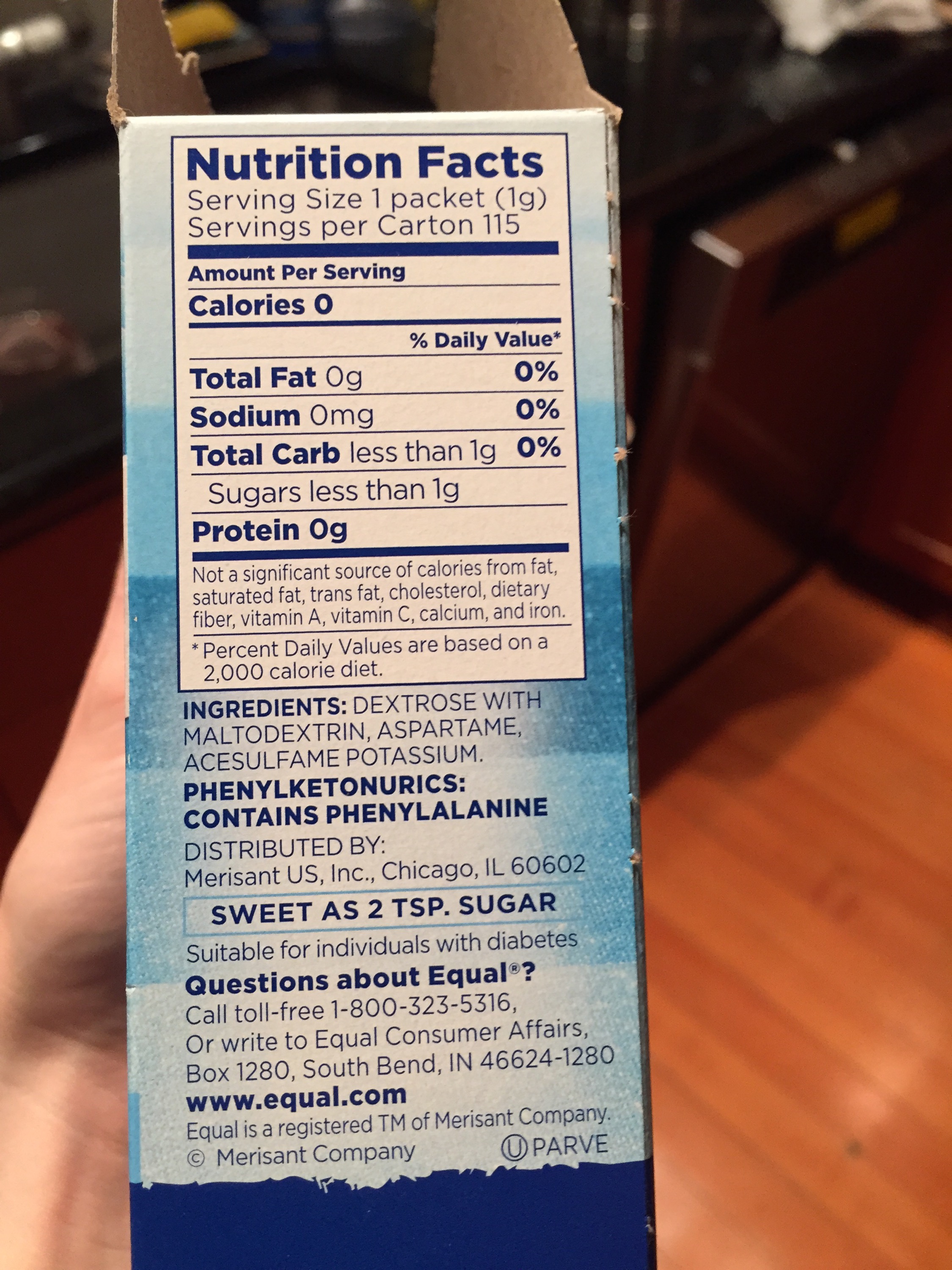As you know from my post, “A Dietitian’s Favorite Things”, I am a fan of Arctic Zero as a low-calorie frozen dessert option. Each 1/2 cup serving of their “creamy” line of flavors contains 35 calories, 2g fiber, 3g protein, 5g sugar and 0g fat. They advertise that their pints contain 150 calories, and though there was some controversy over this number, as I explained fully in my earlier post. In any case, I would not advise eating a full pint of any frozen dessert at one time. If you are that hungry, try to get in a balanced snack or mini-meal instead.
In my previous post, I rated Purely Chocolate as my favorite flavor, due to the rich chocolate taste and creamier texture than the other flavors I had tried. My review was noticed by Arctic Zero and they offered me the chance to try two flavors that are not available at my nearby supermarkets, Toasted Coconut and Orange Dream. Now that I have tried these flavors, Purely Chocolate has some close competition!
In Seattle, Arctic Zero is available at Whole Foods, QFC and Fred Meyer. I have found the largest selection of flavors at Whole Foods ($5) and larger QFCs ($6). The full selection of flavors can be purchased from arcticzero.com, for $7.66 each with a minimum order of 6 pints, and $6.50 each with a minimum order of 10 pints. This is a more expensive option, but I think it is worth it in order to get the flavors I like best.
Review of Flavors:
Toasted Coconut – A tie for my favorite! Sweet taste with a very creamy texture and true coconut flavor. Not too sweet, not too nutty, a perfect balance. This one is a huge winner! 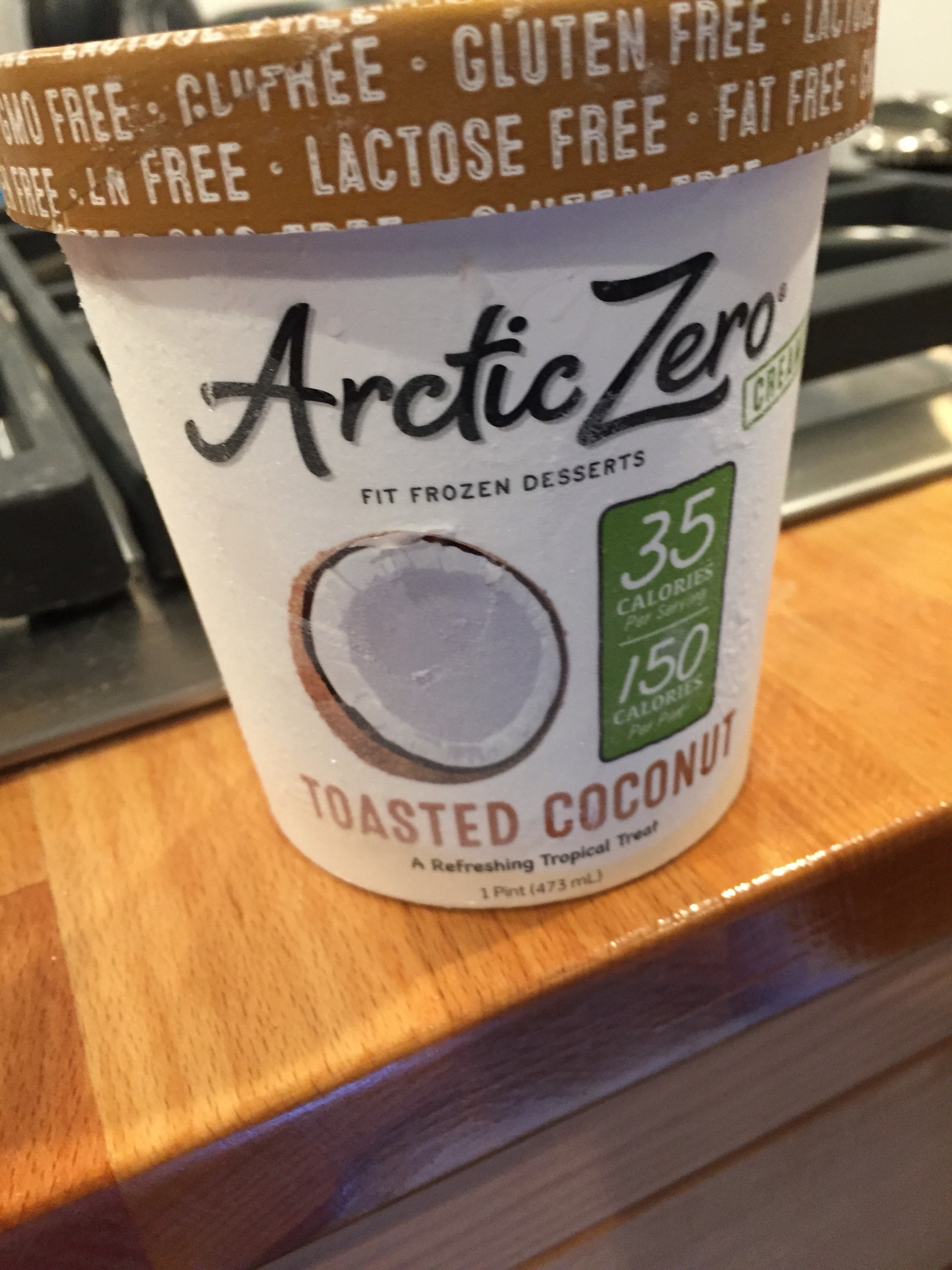
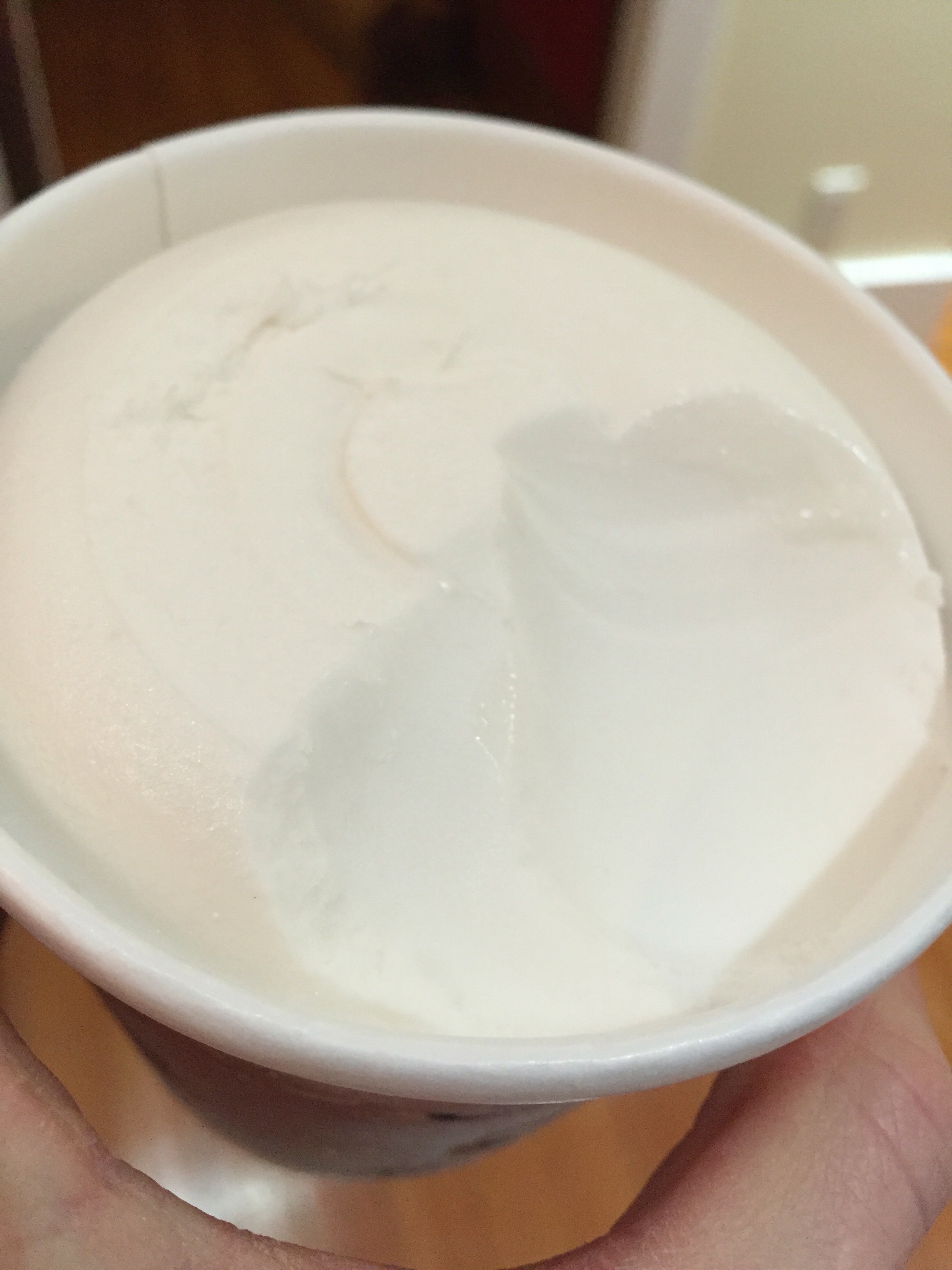
 Orange Dream – A milder taste than some other flavors, sweet with a tart accent. Great for those who prefer fruit flavors. This one is worth keeping in your freezer for variety.
Orange Dream – A milder taste than some other flavors, sweet with a tart accent. Great for those who prefer fruit flavors. This one is worth keeping in your freezer for variety.
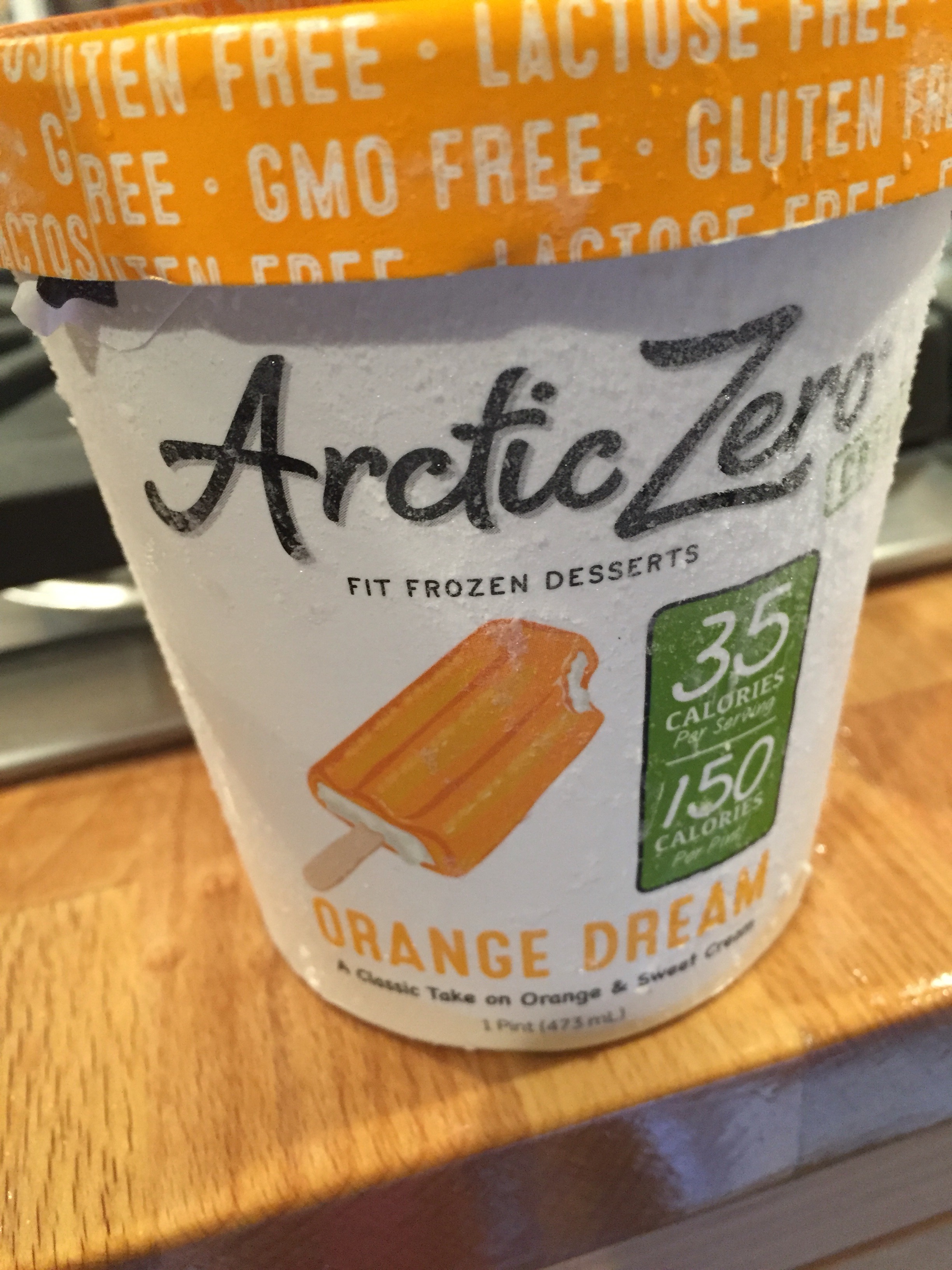
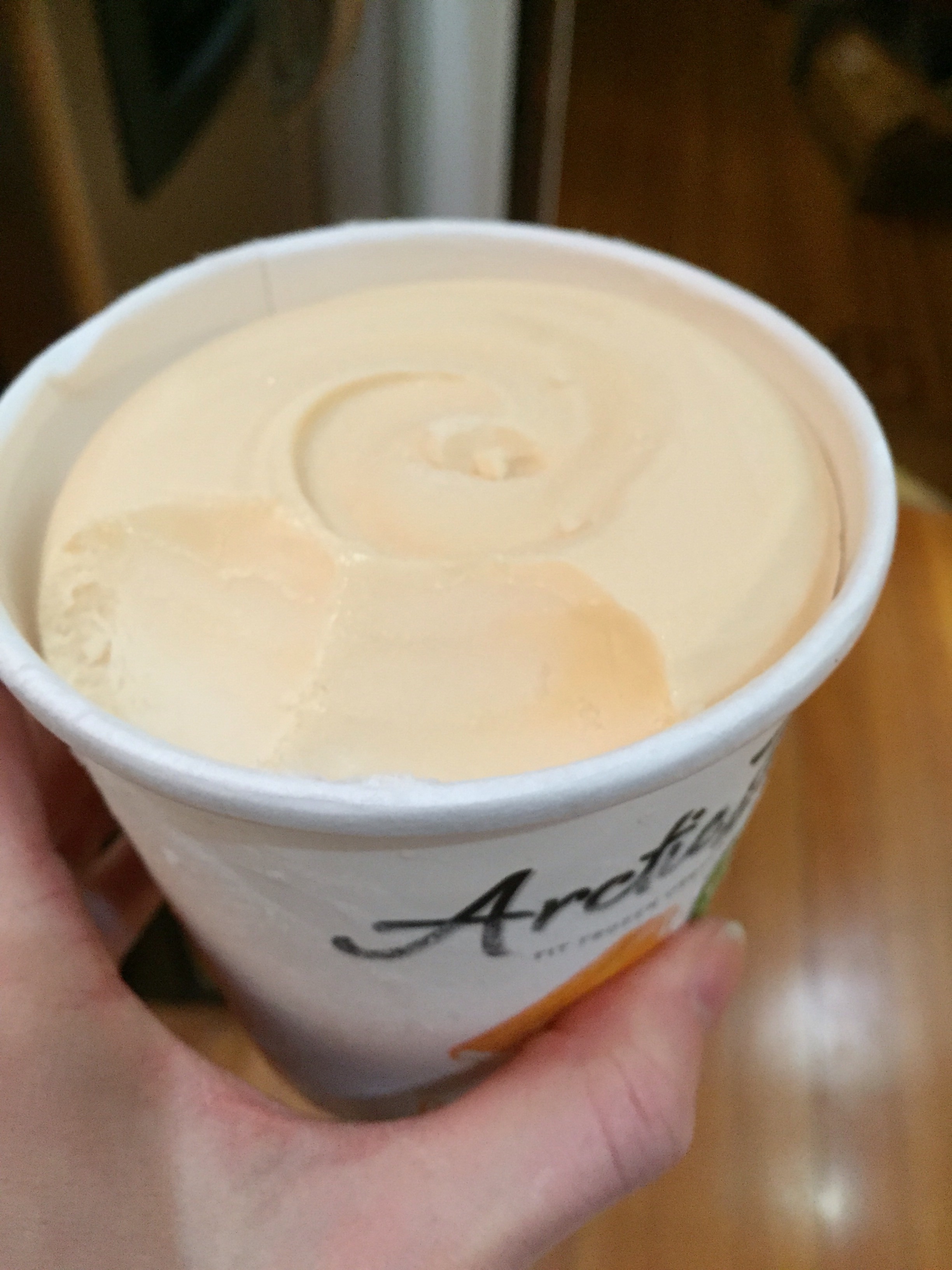 Purely Chocolate – A tie for my favorite! This flavor has a rich, deep and satisfying chocolate taste, like dark chocolate without the bitterness. Best of all, this flavor has the softest and most creamy texture of all that I have tried. This flavor needs to be in my freezer every day! I loved it.
Purely Chocolate – A tie for my favorite! This flavor has a rich, deep and satisfying chocolate taste, like dark chocolate without the bitterness. Best of all, this flavor has the softest and most creamy texture of all that I have tried. This flavor needs to be in my freezer every day! I loved it. 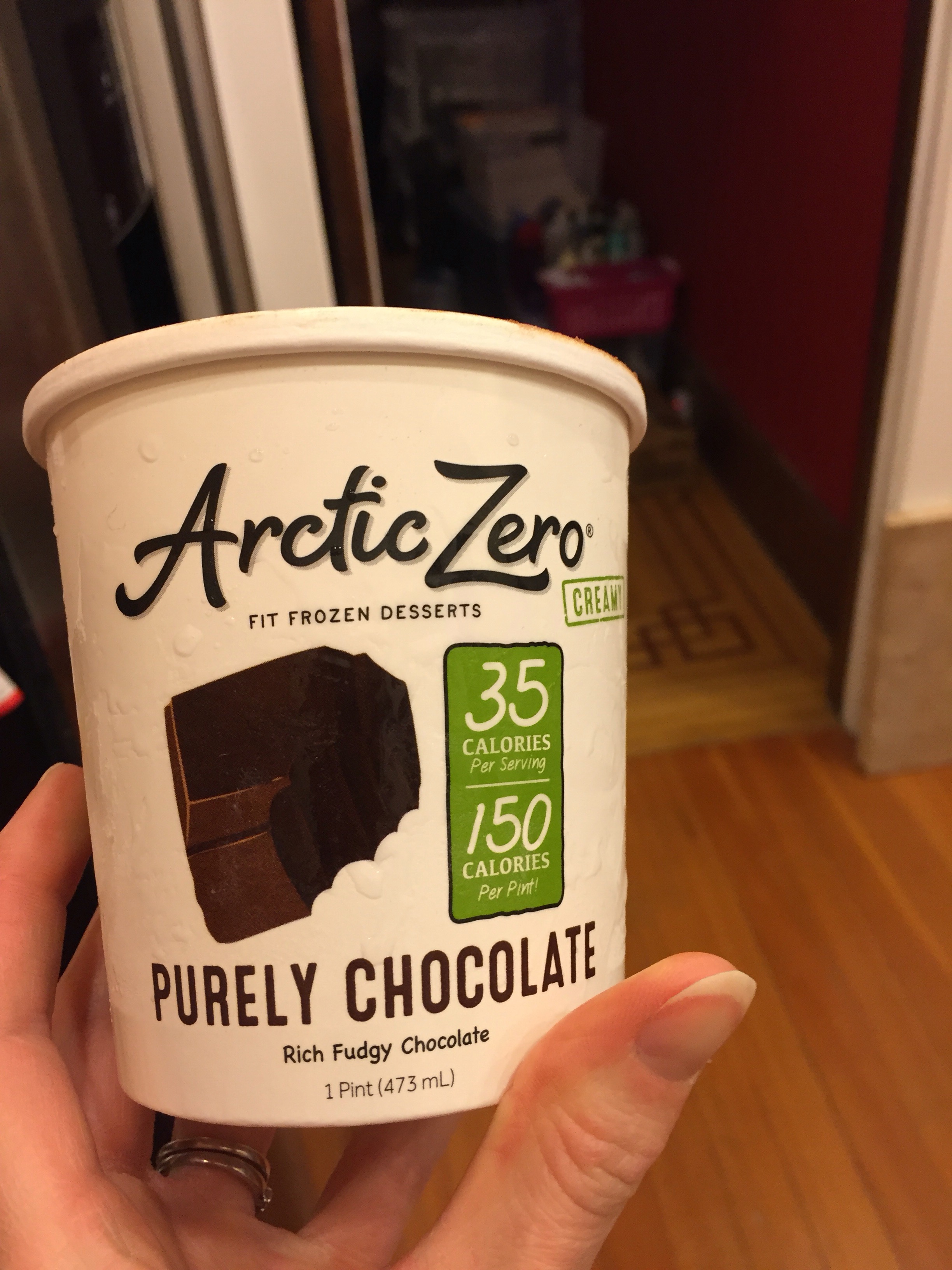
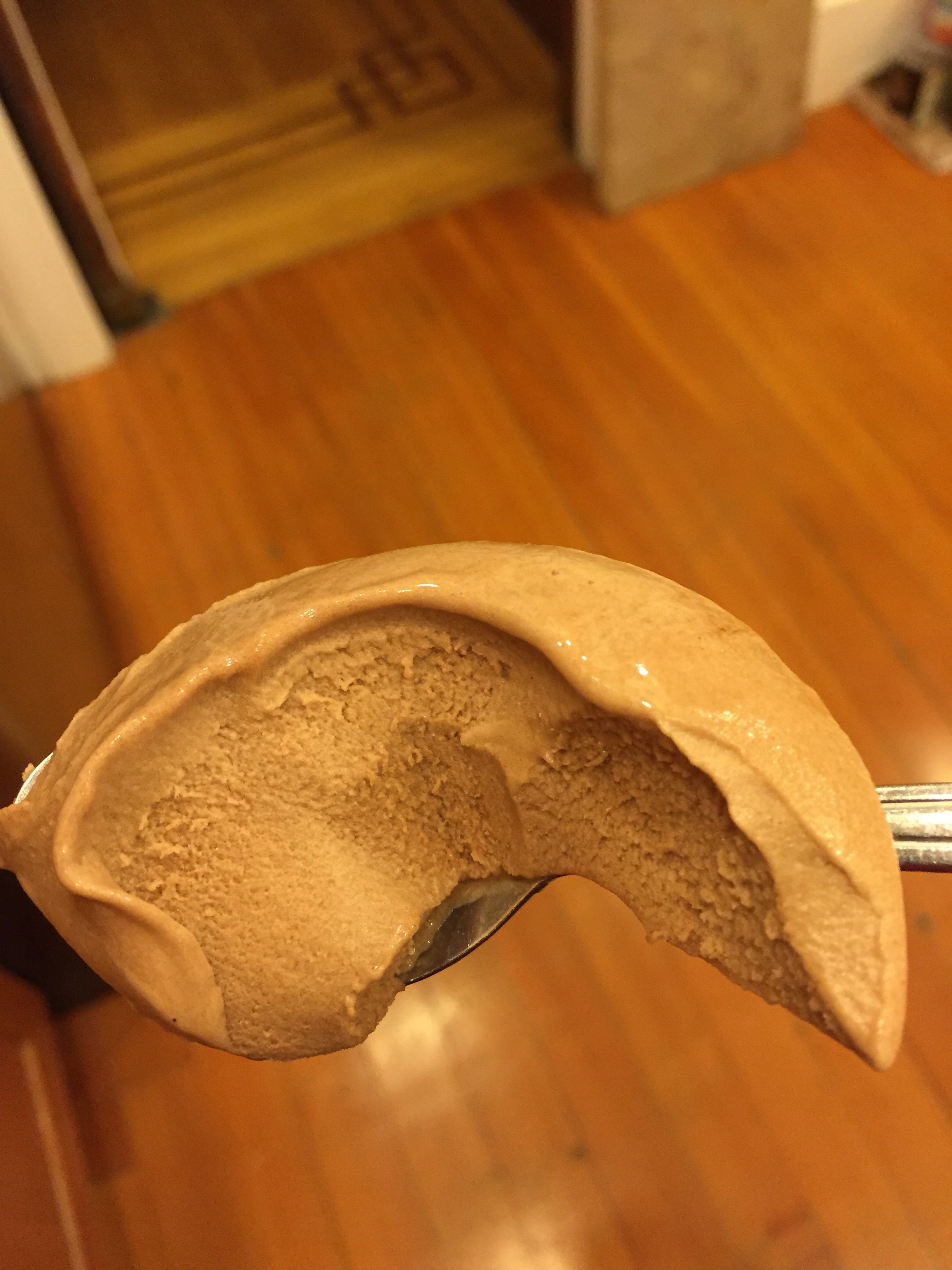 Vanilla Maple- This flavor is true to its name, with both maple and vanilla flavors present. This flavor is great for those who like vanilla flavor, though I tend to prefer chocolate over vanilla when I have the choice.
Vanilla Maple- This flavor is true to its name, with both maple and vanilla flavors present. This flavor is great for those who like vanilla flavor, though I tend to prefer chocolate over vanilla when I have the choice.
Chocolate Peanut Butter – The peanut butter flavor is mild, I get more of a muted milk chocolate flavor, with a slight nutty undertone. I like the Purely Chocolate flavor much more. This flavor is also firmer and slightly icier than the Purely Chocolate flavor.
Salted Caramel – I love a “saltier” salted caramel flavor, while this is more on the sweet side. The flavor is quite good, but it is a bit one-dimensional compared to my favorites. This is a once-in-awhile choice.
Cookie Shake – This flavor is true to its name, similar to a toned-down cookies and cream or Oreo cookie taste. The sweetness is nice, but there is a bit of a whey aftertaste. This is another once-in-awhile flavor.
Hint of Mint – This one is my least favorite flavor. I get more of a mint flavor and not much chocolate. The texture is also a bit icier than I prefer.
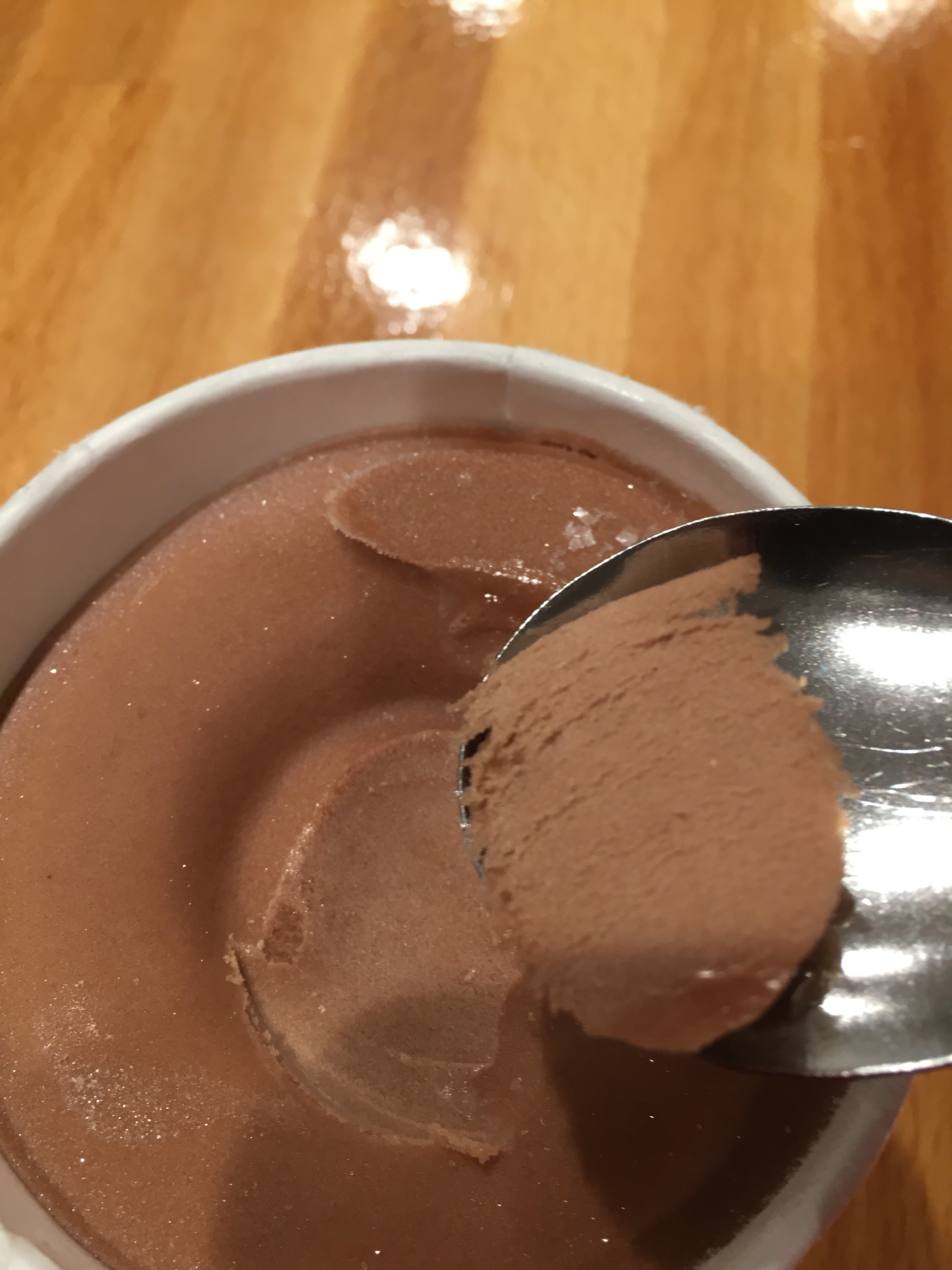 Flavors on my list to try in the future: another fruit flavor, the Simply Strawberry, currently available on the website, and a new flavor called Cake Batter which will be available in mid-March. If you have tried either of these favors or one of the flavors that I have reviewed above please let me know in the comments what you thought of them!
Flavors on my list to try in the future: another fruit flavor, the Simply Strawberry, currently available on the website, and a new flavor called Cake Batter which will be available in mid-March. If you have tried either of these favors or one of the flavors that I have reviewed above please let me know in the comments what you thought of them!
